On this page
Introduction
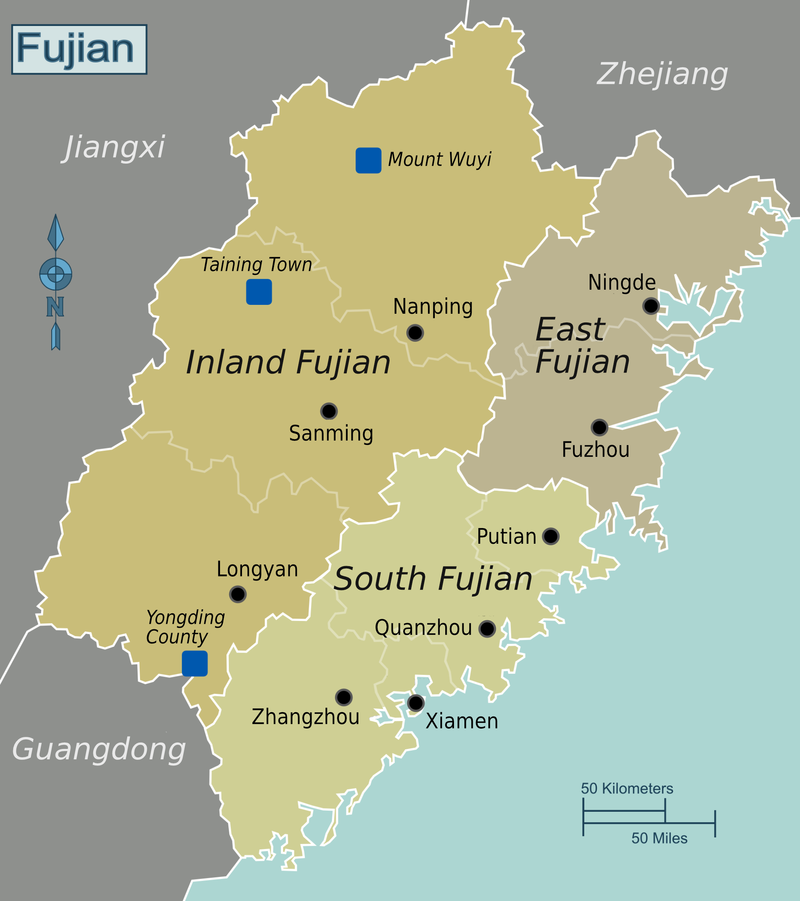
"闽 (Min)" is the abbreviated name for Fujian Province. Geographically, Fujian belongs to East China, yet we haven’t mentioned this province in our East China guide. This province, characterized by its mountainous terrain (eight parts mountain, one part water, and one part farmland), gazes across the sea towards Taiwan.

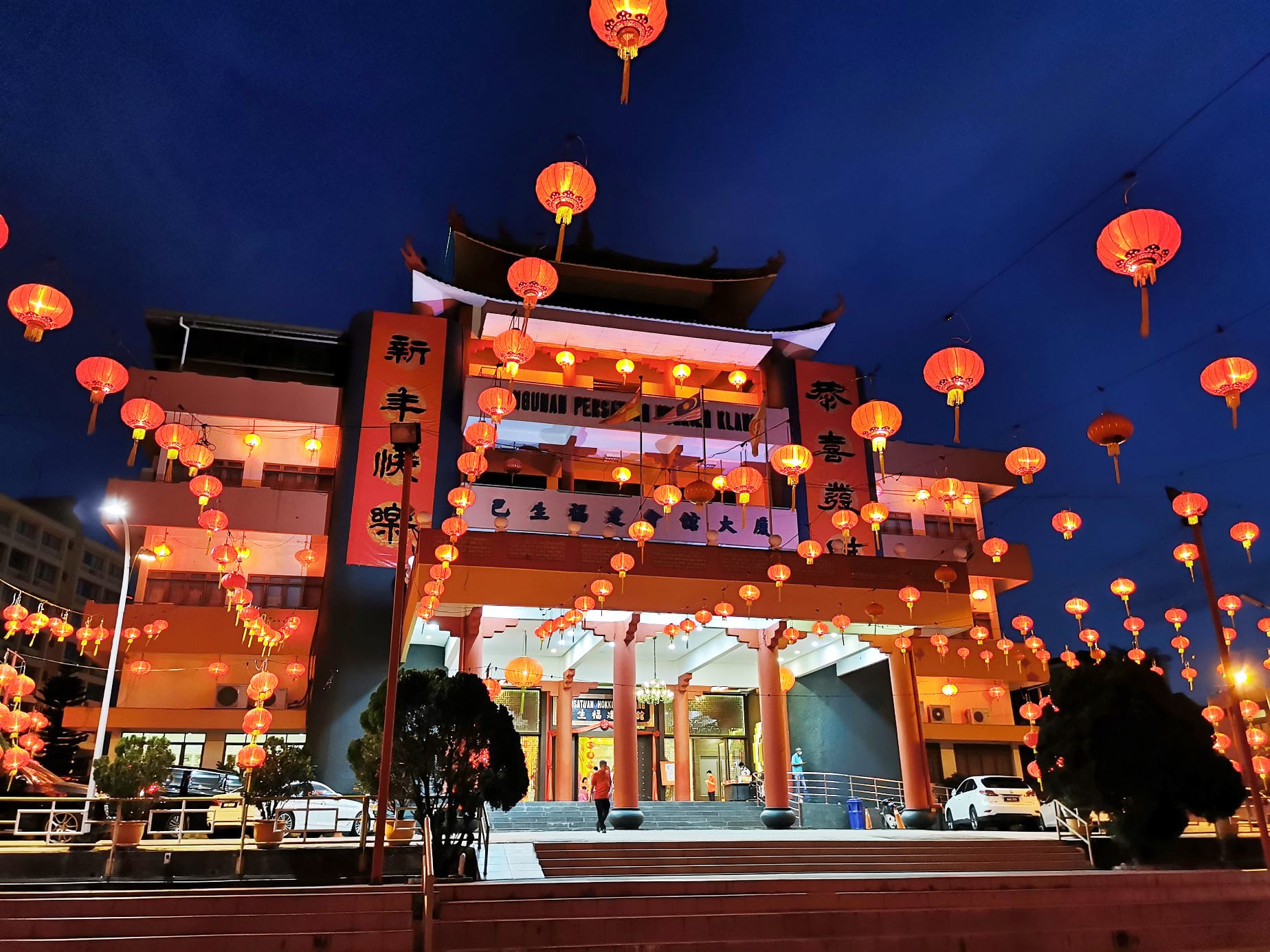
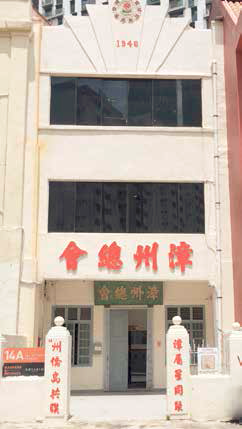
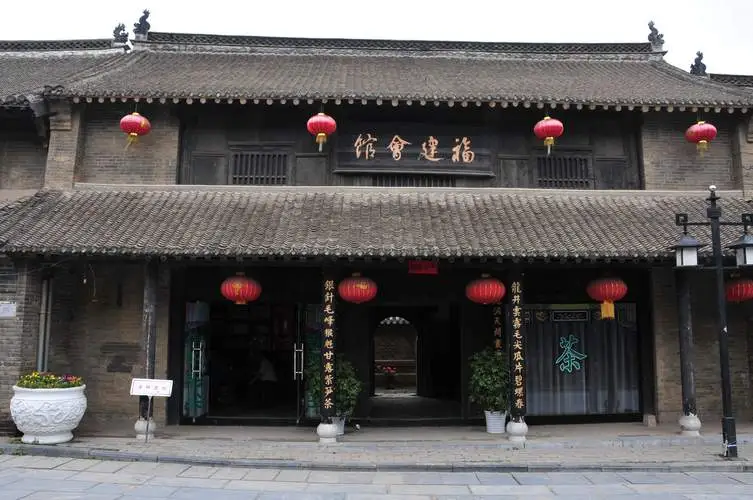
If you've traveled to Southeast Asia, you've likely seen Fujian associations in many places—perhaps an Xiamen Association or a Zhangzhou Association. And it’s not just Southeast Asia; Fujian associations can be found in the United States, Japan, Latin America, and beyond. Fujianese merchants have ventured far and wide, largely due to the geographical constraints of their homeland. With limited land resources, many chose to head south to Southeast Asia and other parts of the world, seeking new business opportunities and livelihoods. Armed with a unique business acumen and a strong work ethic, they established themselves in foreign lands, creating numerous successful ventures. This resilience and adaptability, forged in challenging environments, have made Fujian merchants a significant force on the global business stage. The “provincial anthem” of Fujian even echoes this "fight to win" spirit.

爱拼才会赢 with English caption
In Southern Fujian, the local dialect is known as Minnan(闽南语), and the above song is sung in Minnan as well.

Today, we’re focusing on the Minnan region, located in the southern part of Fujian Province, which mainly includes the cities of Xiamen, Zhangzhou, and Quanzhou.
City 01: Xiamen
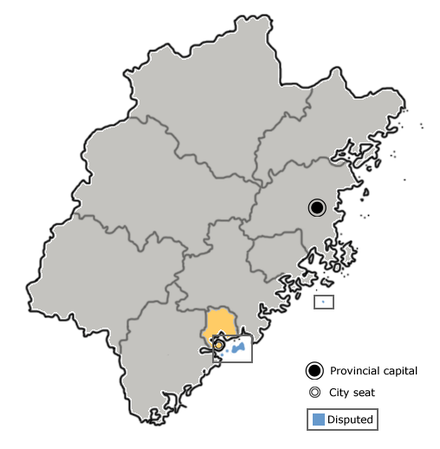
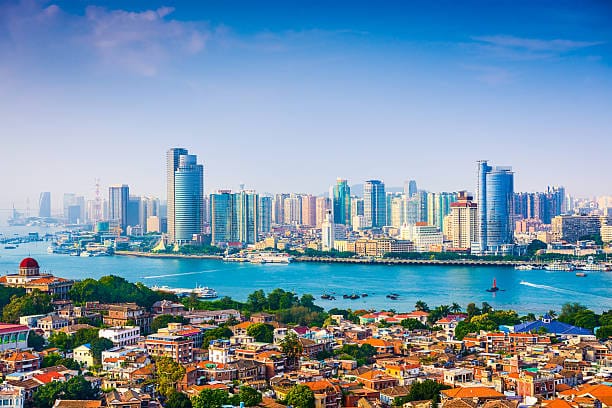
Xiamen, often called the "Garden on the Sea," is a city brimming with charm. A blend of overseas Chinese influences, Minnan customs, seaside cuisine, and exotic architecture, Xiamen enjoys a spring-like climate year-round, making it one of China's most pleasant cities. The city’s pristine environment is home to thousands of egrets, and its shape resembles an egret, earning it the nickname "Egret Island."
Best Time to Visit
Xiamen’s mild weather makes it an excellent year-round destination, though visitor traffic varies:
- Peak Season (Summer and Public Holidays): Expect larger crowds, and ferry rides to Gulangyu Island might be busier. Summer is popular for beachgoers, with coastal areas like Guanyin Mountain offering splendid seaside views.
- Off-Peak Season (November to March, excluding holidays): For a quieter experience, consider visiting during this period. While it’s cooler and not ideal for beach activities, other attractions remain enjoyable.
Attractions
- Gulangyu Island



Located southwest of Xiamen Island, Gulangyu is a charming destination with a unique blend of overseas Chinese heritage, delicious Minnan snacks, and distinctive foreign architecture. Key spots include Shuzhuang Garden, Sunlight Rock, and Haoyue Garden. The island’s historic buildings are perfect for a leisurely stroll and reflection. You’ll find quaint shops like Zhang Sanfeng’s Tea House and Su Xiaotang, where you can relax in a cozy café and savor the slower pace of island life.
- Xiamen University

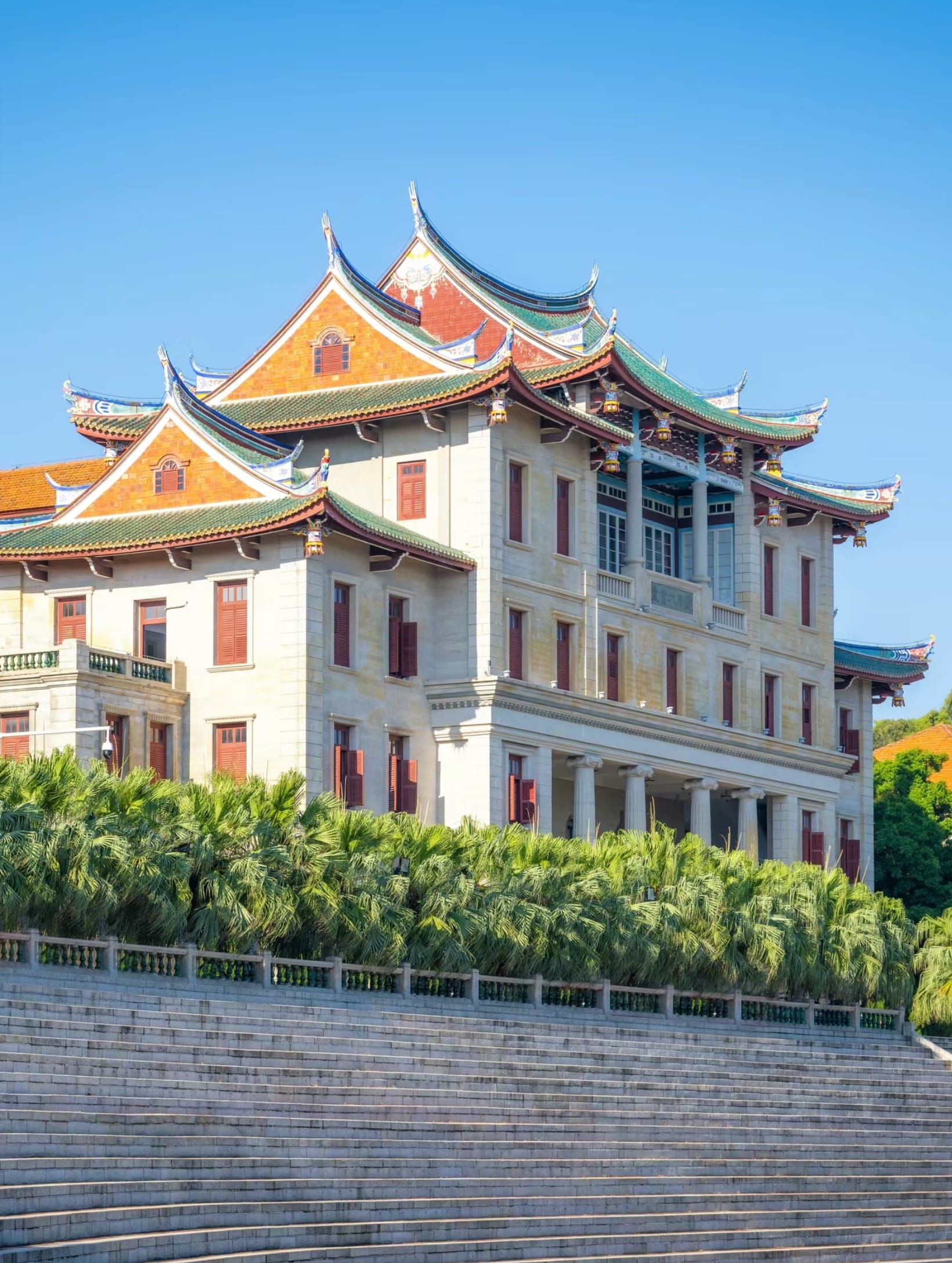

Founded in 1921 by patriotic overseas Chinese leader Chen Jiageng, Xiamen University is renowned for its scenic campus, combining traditional Minnan architecture with lush tropical plants and vibrant student life. Notable spots include the Jiannan Auditorium and Song’en Building, as well as the picturesque Furong Lake and Lover's Valley, showcasing the university’s beauty.
- Nanputuo Temple


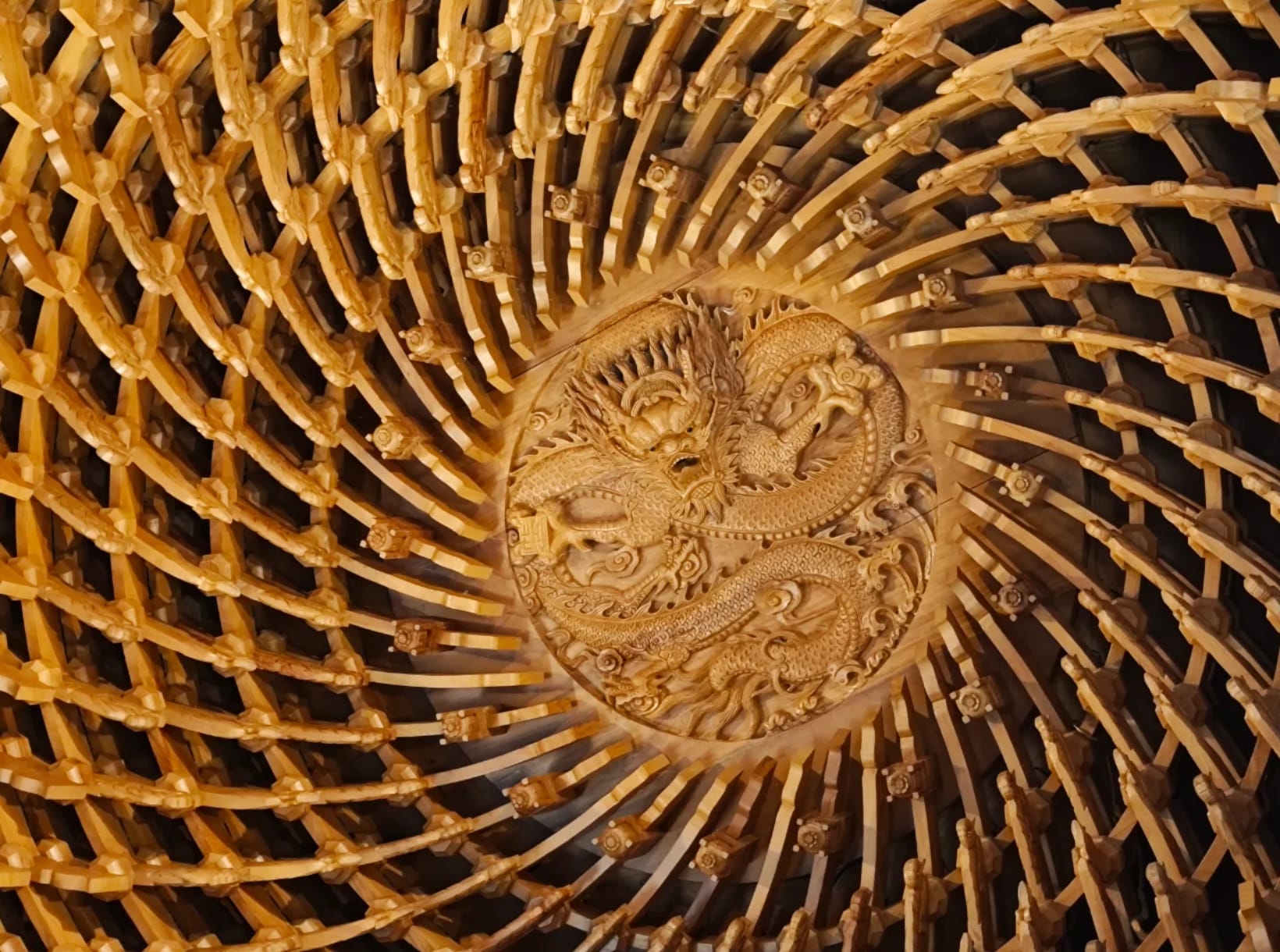
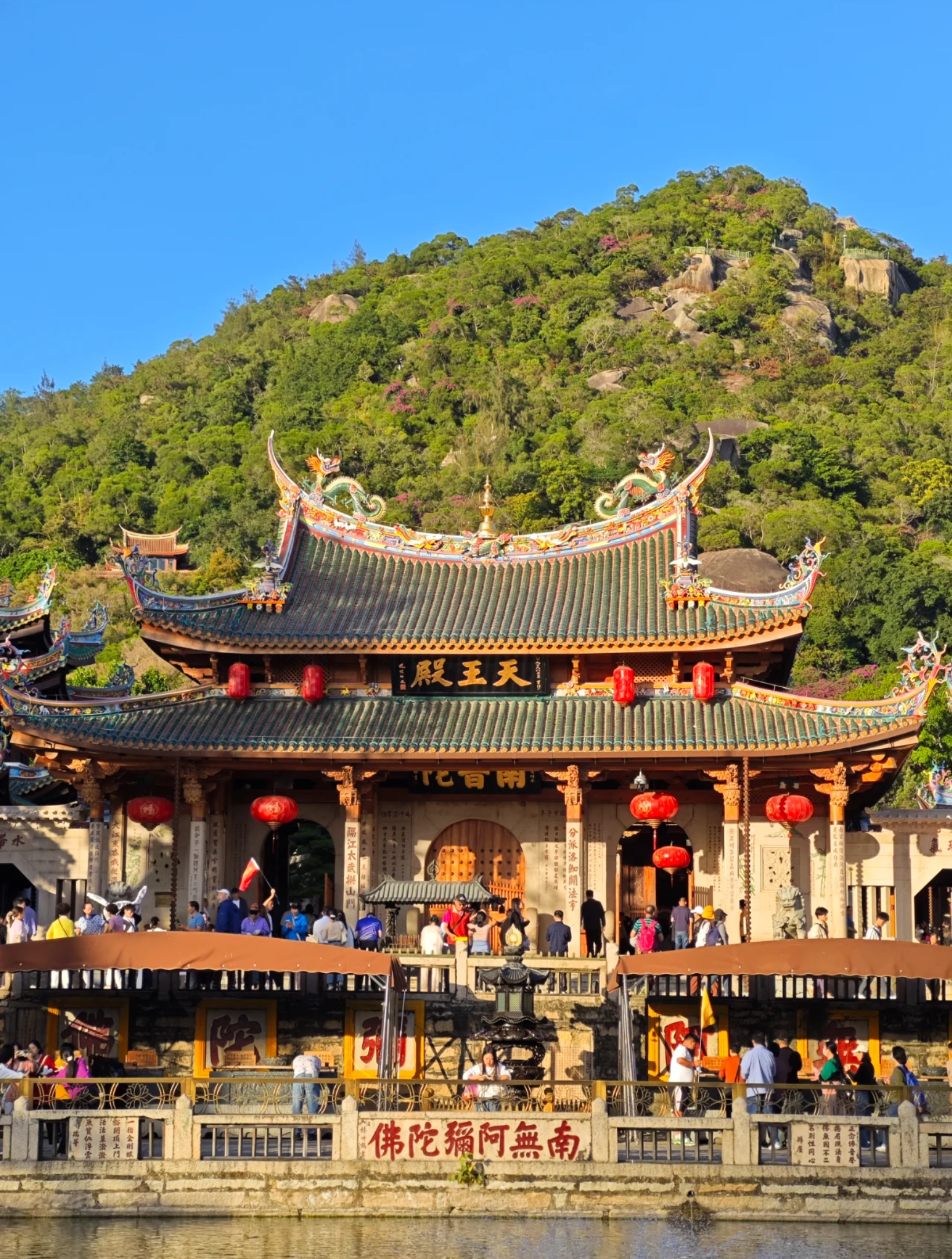
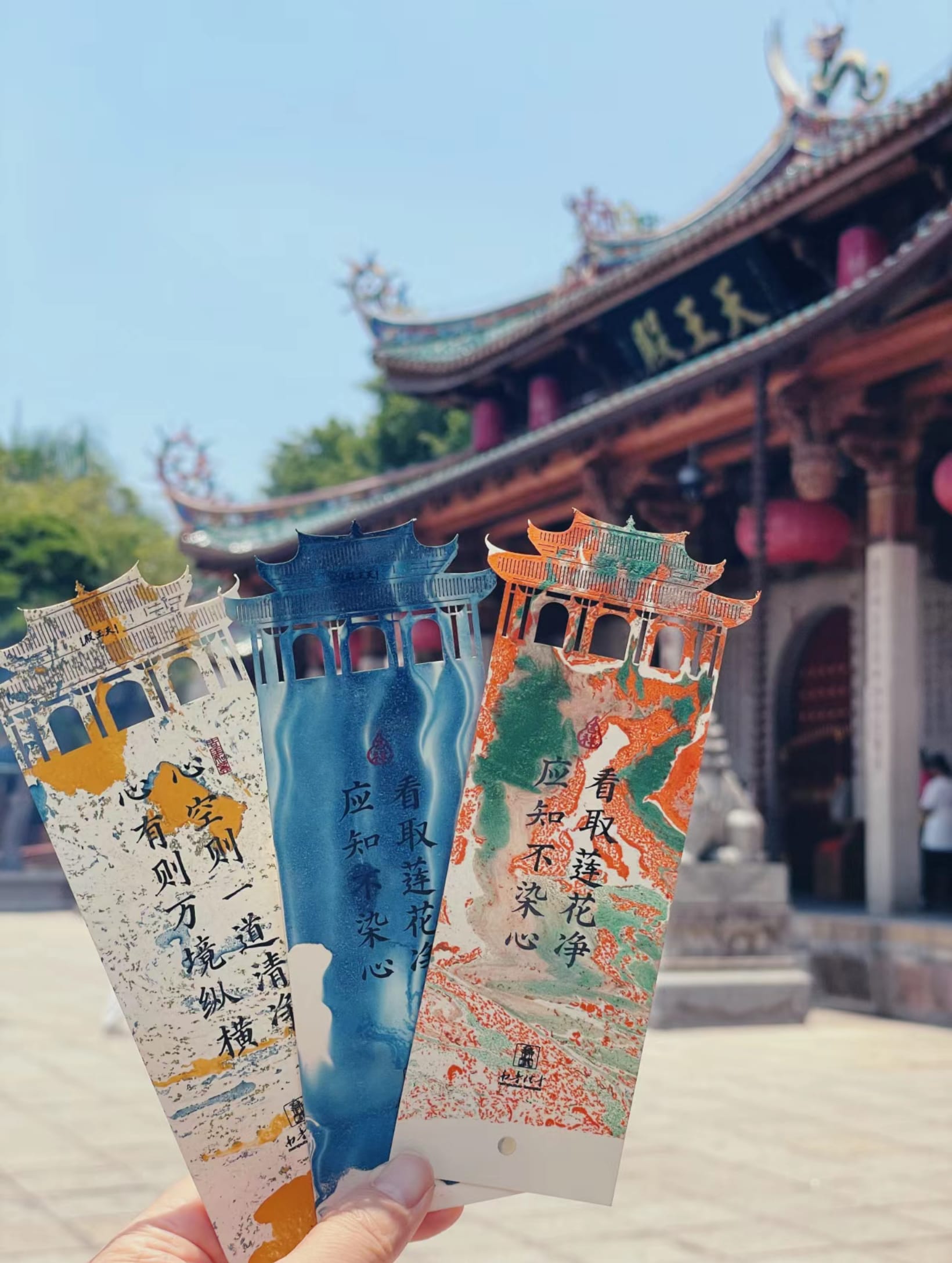

As a key Buddhist temple in Han Chinese regions, Nanputuo Temple is a great place for those seeking blessings. The temple is famous for its vegetarian dishes, especially the offerings on the second floor of the vegetarian restaurant, with an average cost of about 59 yuan per person. The nearby Wulao Mountain, one of Xiamen’s eight scenic spots, is ideal for hiking and provides access to Xiamen Botanical Garden. The temple’s surroundings feature inscriptions by notable figures and a large “Buddha” stone carving on the cliff behind the temple, perfect for photography.
Food
- Satay Noodles


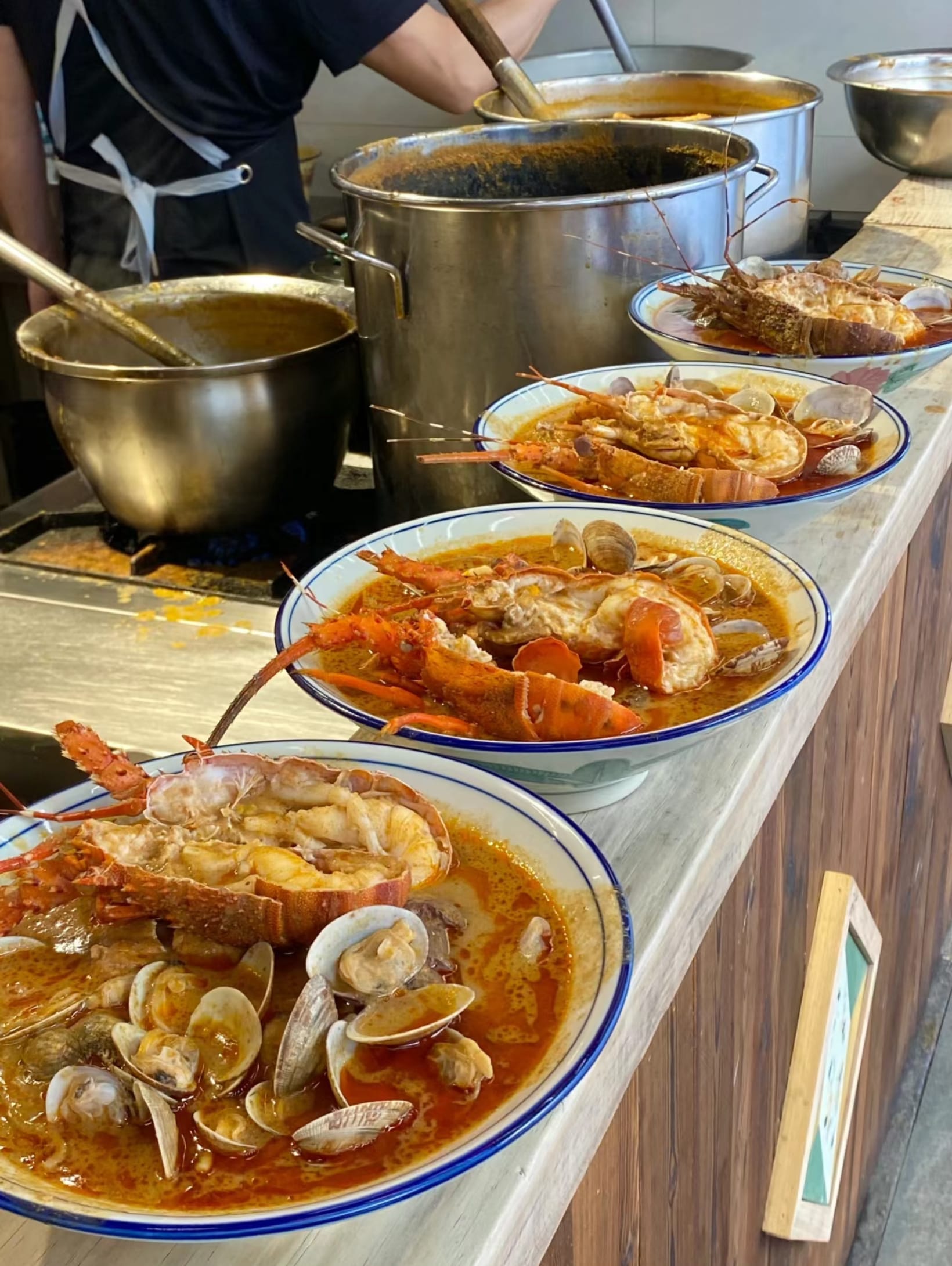

The soul of this dish lies in the satay sauce, which combines a balanced sour-spicy flavor with rich saltiness, enhancing the noodles' texture and taste. Locals value the texture of the noodles, and you can find special noodle shops where the noodles are air-dried for a firmer bite. Satay noodle shops are plentiful in Xiamen, offering a warm, flavorful bowl any time.
- Man Jian Gao (Pan-fried Cake)



This treat features a slightly crispy edge and a soft, layered center. The filling often includes peanuts, brown sugar, and black sesame, providing a delightful burst of happiness in every bite. Man Jian Gao is widely available throughout the Minnan region, making it a tasty and comforting snack to enjoy during your visit.
City 02: Zhangzhou
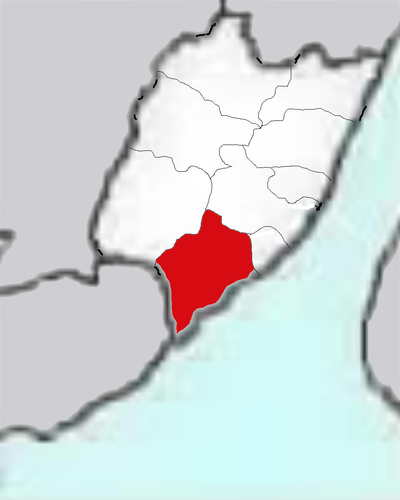

Located in the southern part of Fujian Province, Zhangzhou is a cultural city with a rich history. Known as a prominent overseas Chinese hometown, it boasts a wealth of cultural heritage and deep traditions. The city features well-preserved ancient buildings and historical sites, such as Yunlong Cave and the Nanjing Tulou, showcasing Zhangzhou's unique architectural style and historical depth.
Best Time to Visit
Spring and autumn are the ideal seasons for exploring Zhangzhou, offering pleasant weather and vibrant scenery.
Attractions
- Nanjing Tulou
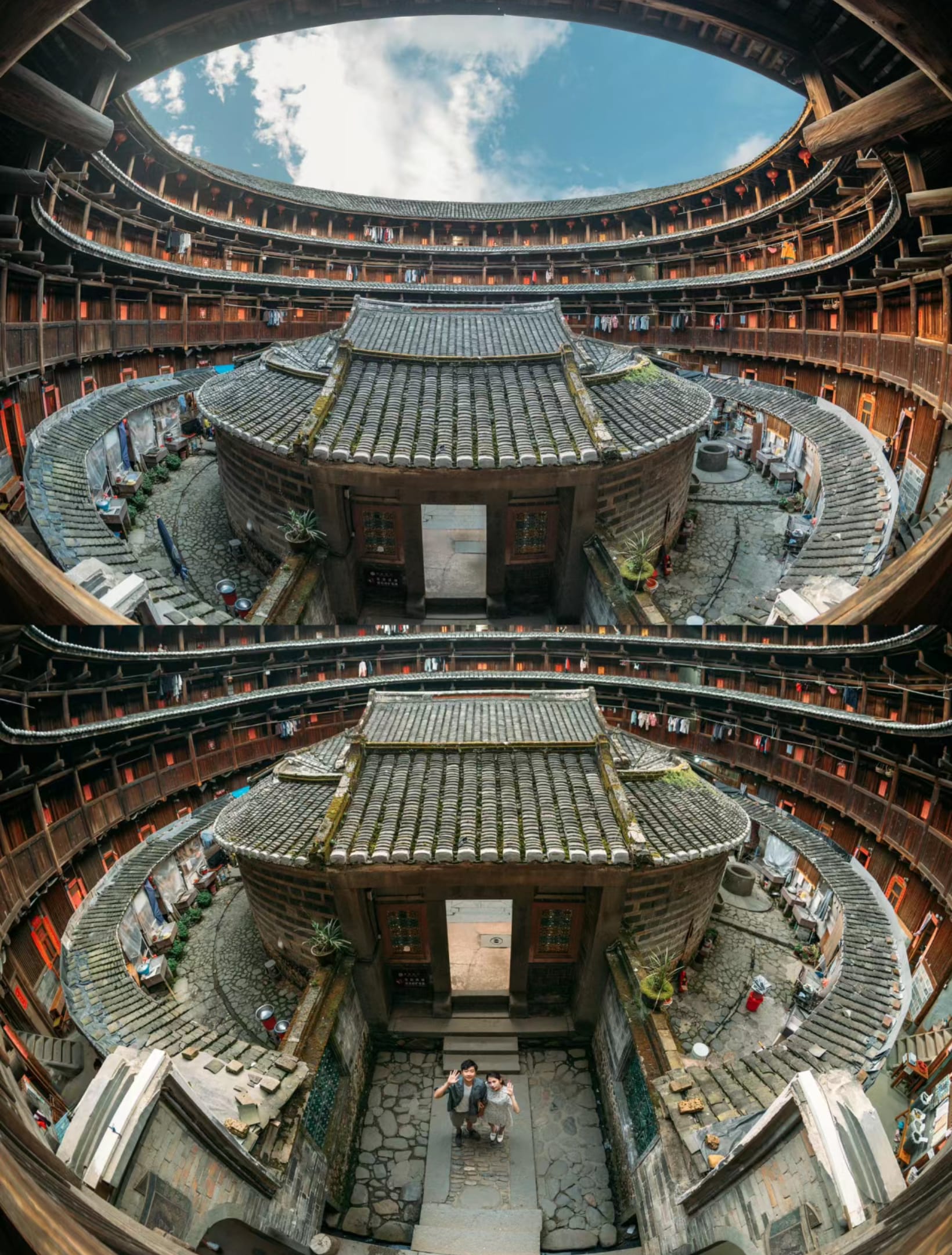
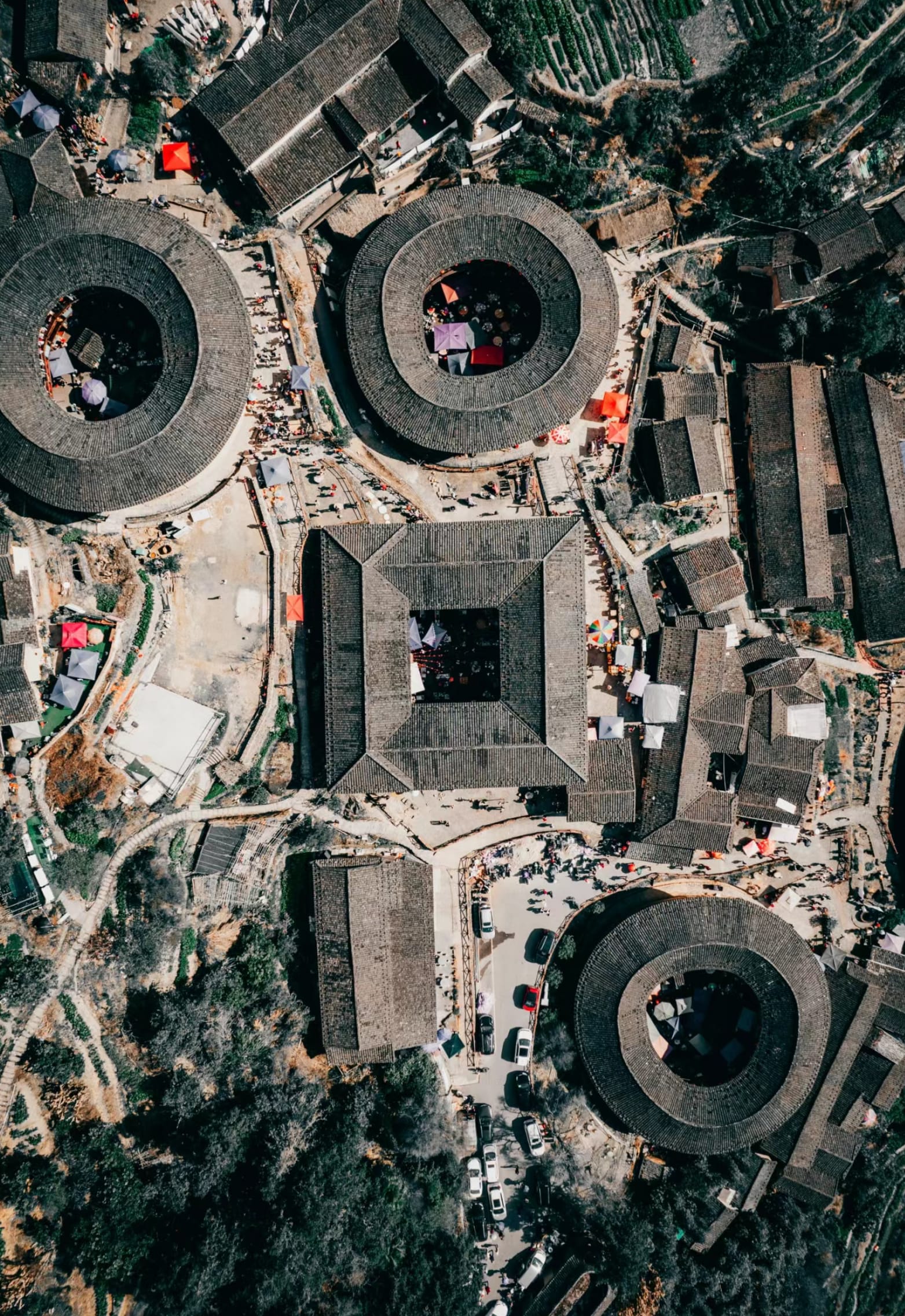

A National 5A Scenic Area, the Nanjing Tulou dates back over 1,000 years to the 11th century. This site features the tallest, largest, smallest, most unique, and best-preserved Tulou buildings. Notable spots include the "Four Dishes and One Soup" Tianluokeng, the "East Tilt and West Lean" Yuchang Lou, and the picturesque Ta Xia Village with its "Small Bridge and Flowing Water" setting.
- Dongshan Island

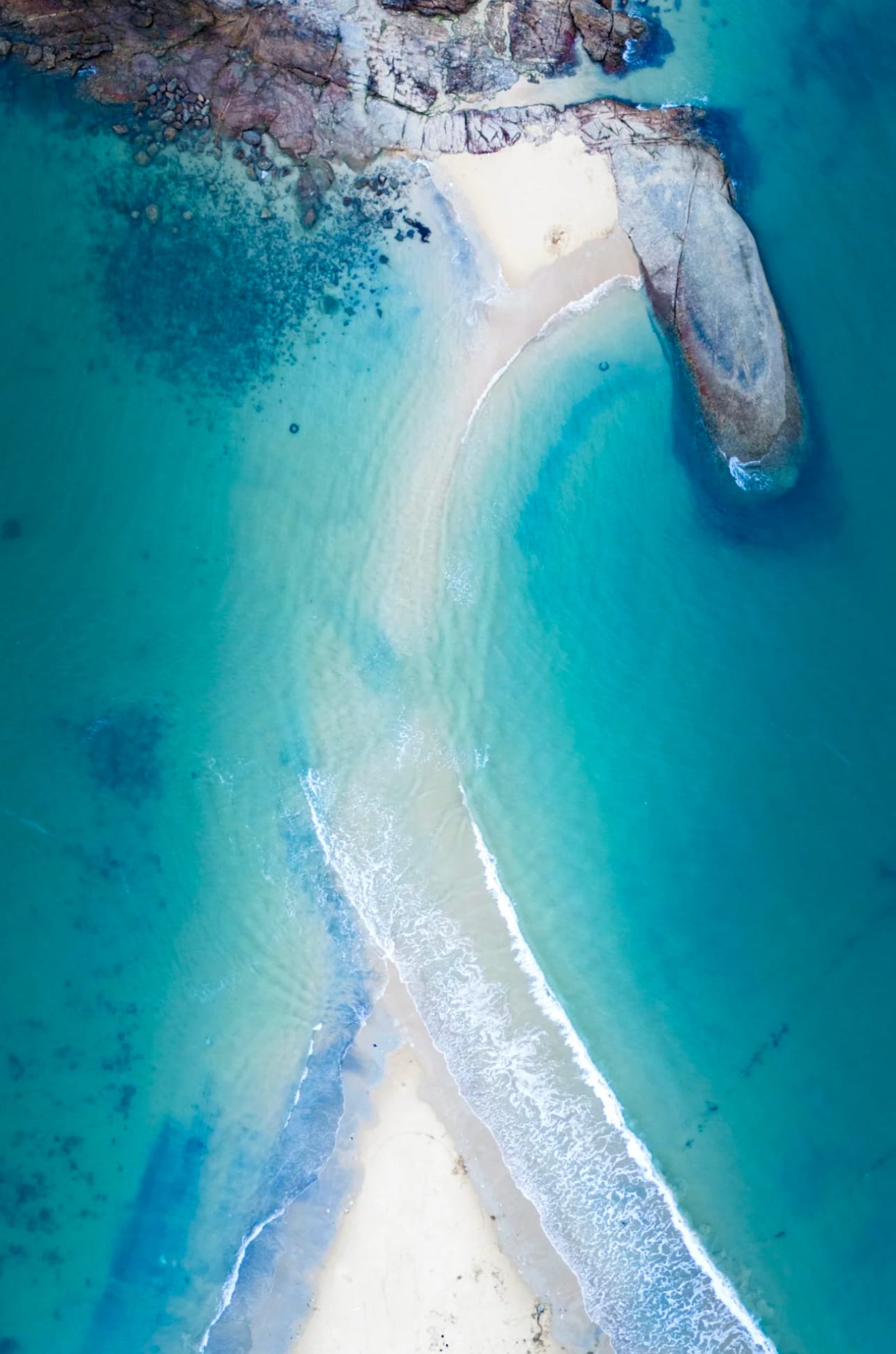

Located in the southern part of Zhangzhou, Dongshan Island is a picturesque spot with a rustic charm. The film "The Left Ear" features a memorable scene of the protagonist crying by the sea, filmed at Nanjing Bay on the island. This scene has made Nanjing Bay a popular tourist destination. The island also boasts unique attractions like the Wind Rock, a remarkable rock that sways with the wind, giving it a magical appearance. Visitors can enjoy fresh seafood, experience fishing with local fishermen, sunbathe on the sandy beaches, and play in the waves, making it a perfect coastal retreat for a day or two.
Food
- Zhangzhou Braised Noodles
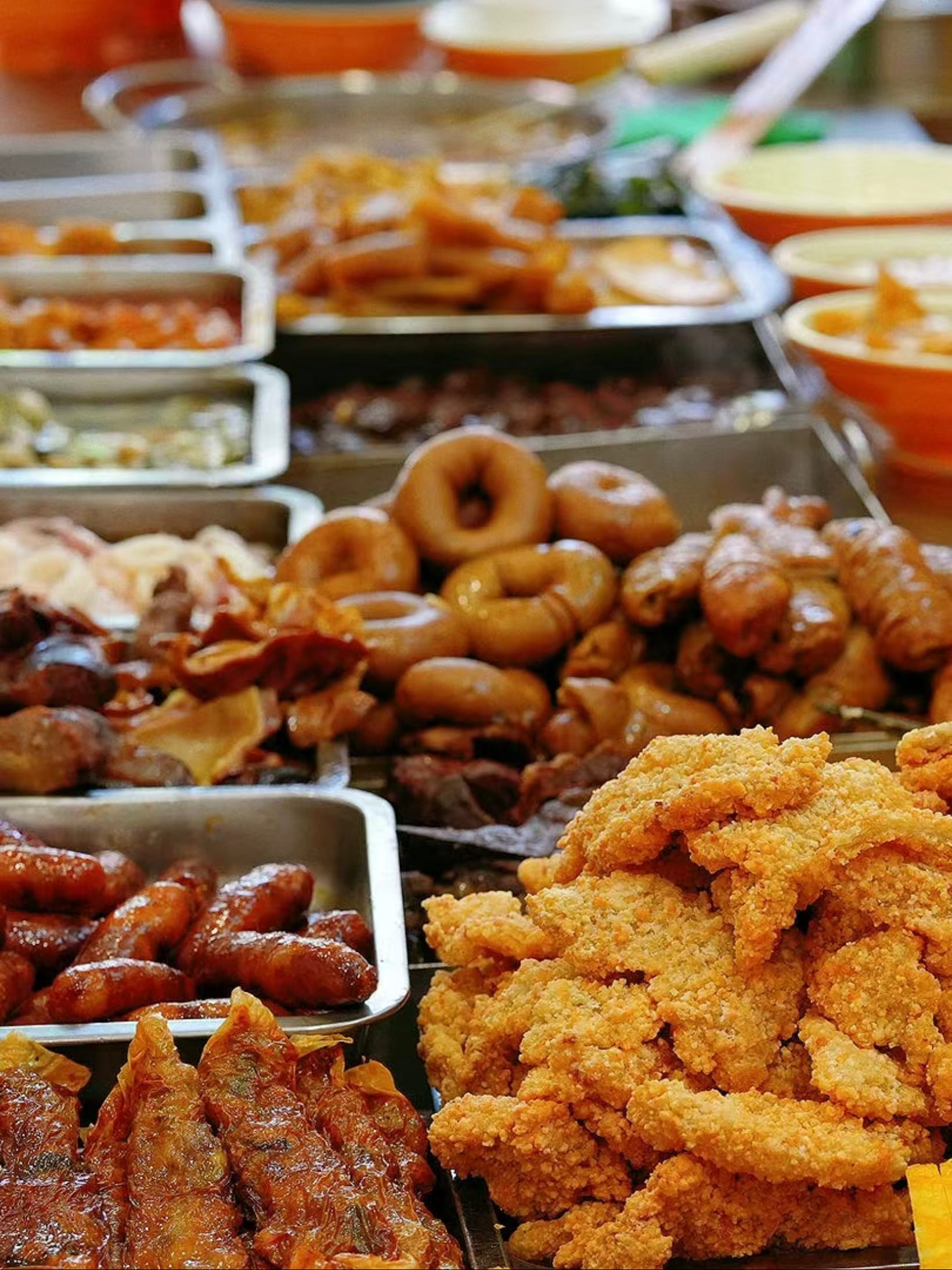
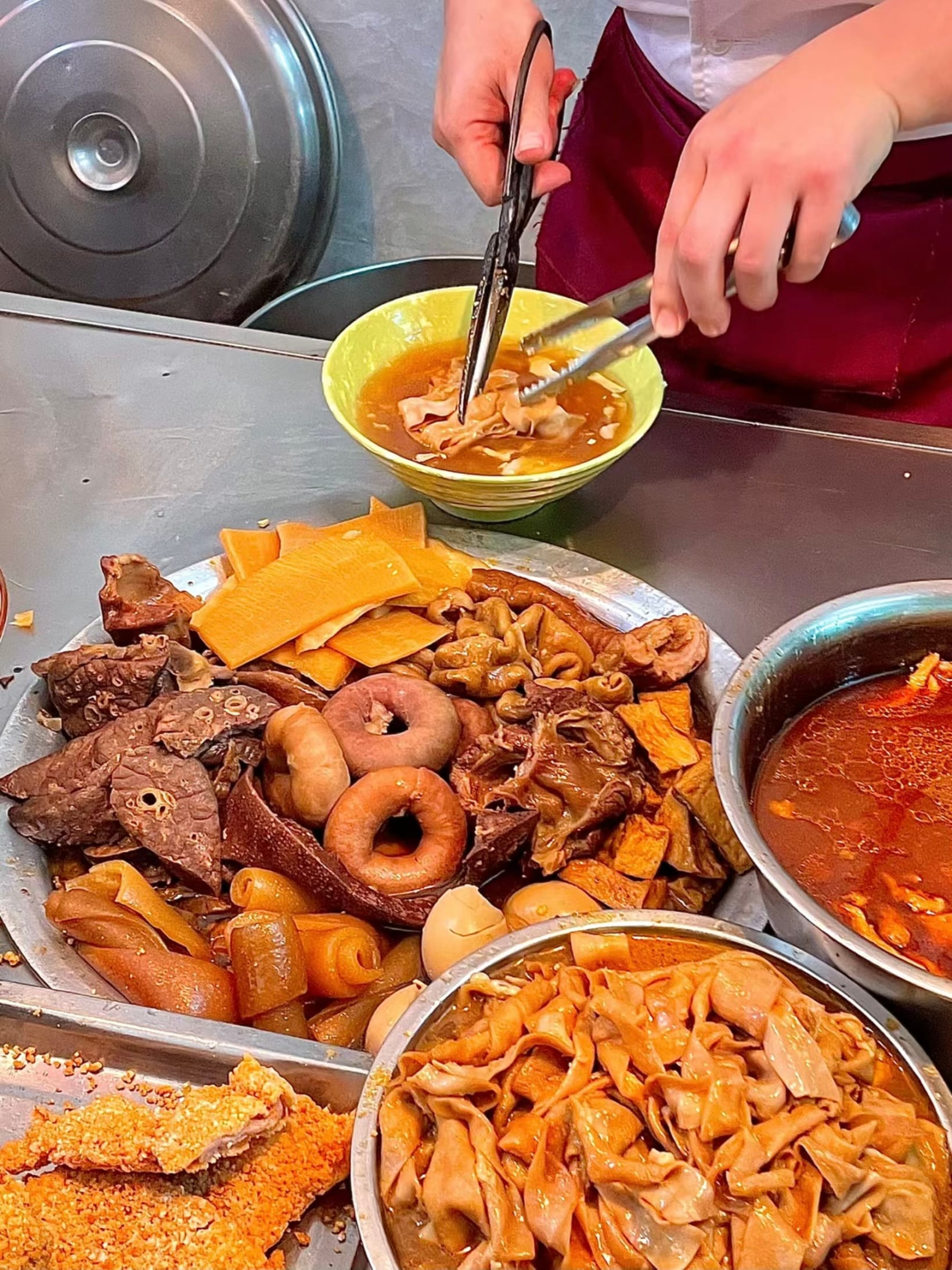
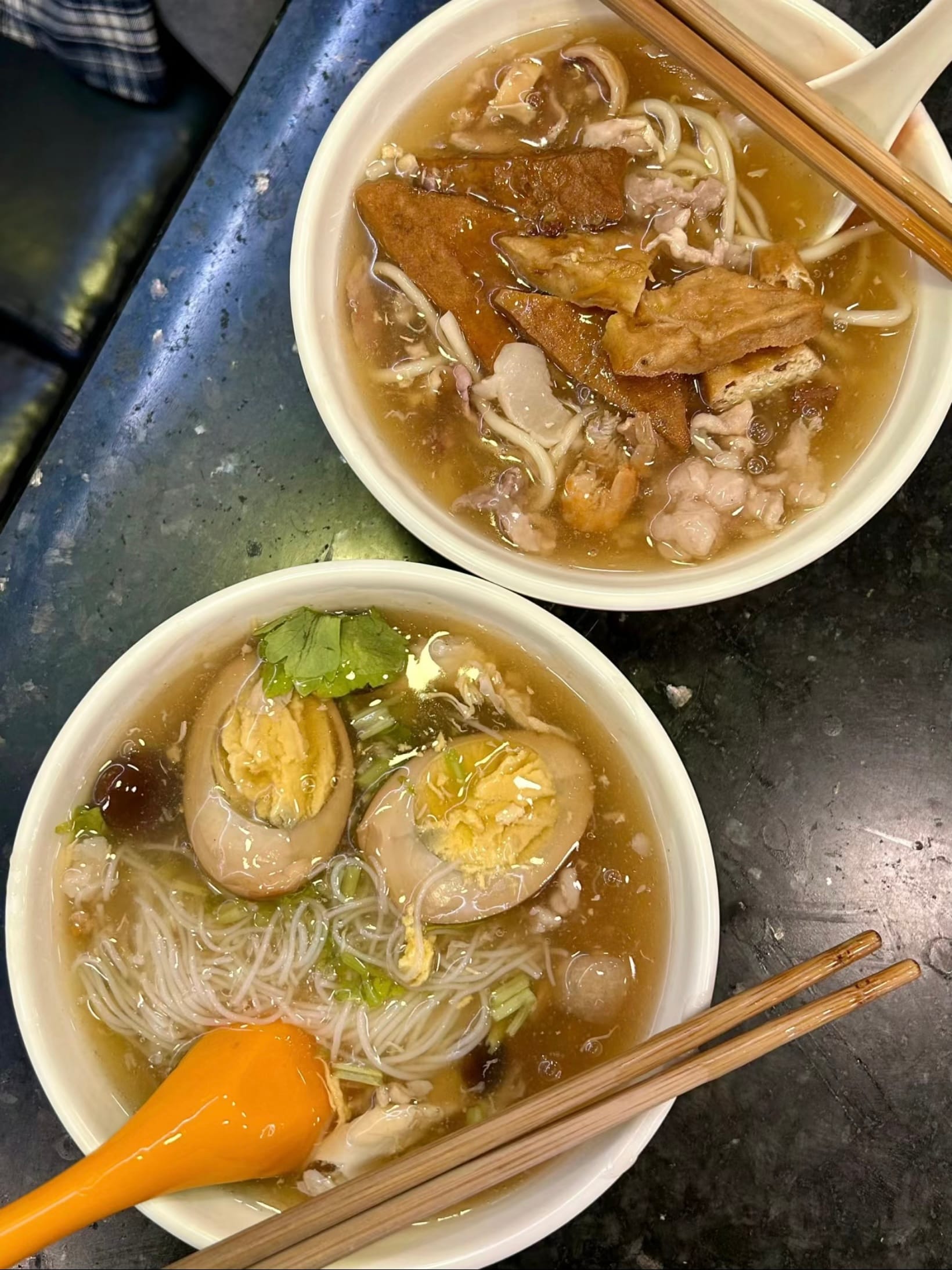
Zhangzhou's braised noodles are loved for their delicious taste and nutritional value. This staple dish involves quickly blanching oil noodles with bean sprouts or other vegetables in boiling water, then topping them with a rich braised sauce. It’s finished with minced garlic, crispy garlic bits, pepper, and fresh cilantro or chili oil, creating a flavorful and satisfying meal.
- Braised Meat Zongzi
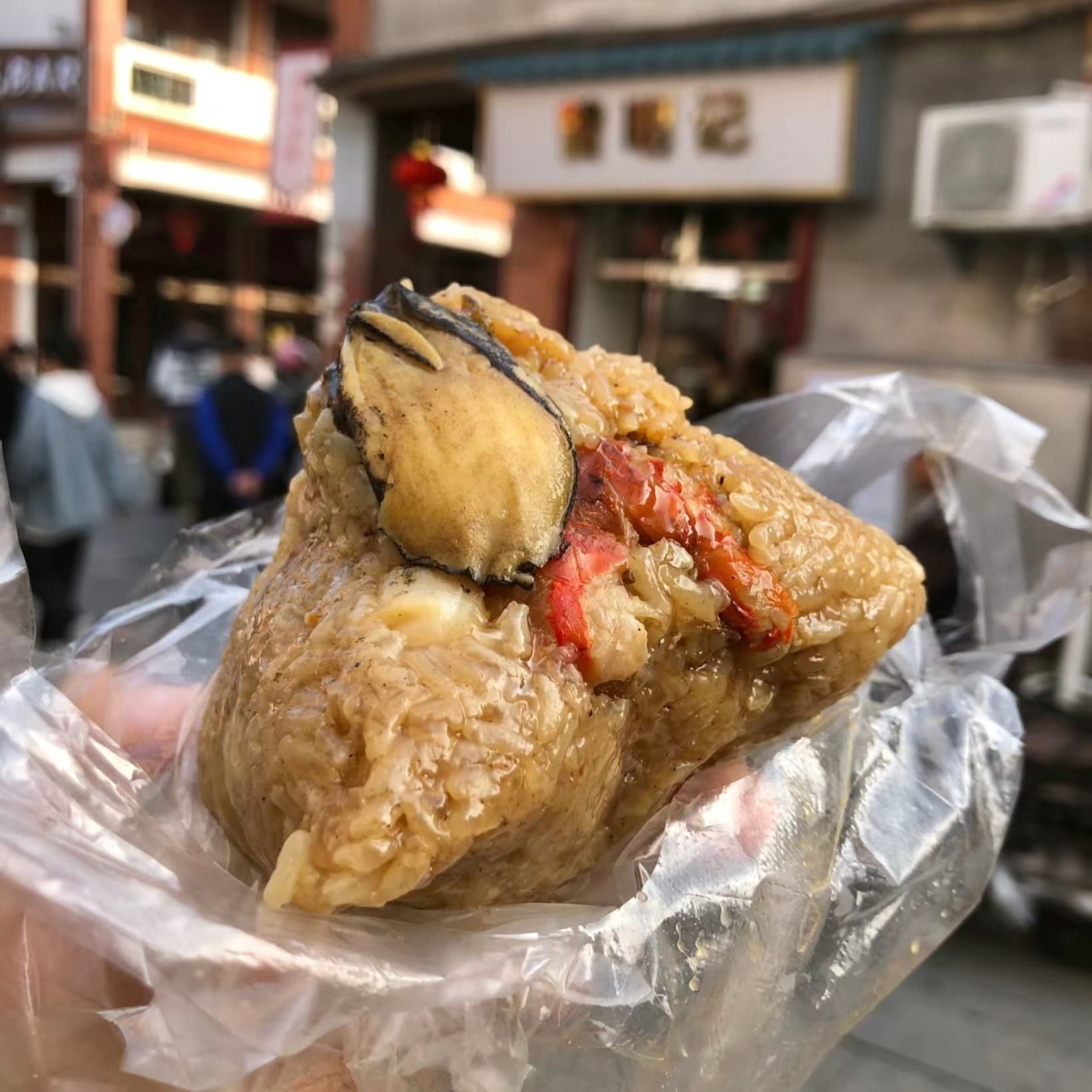
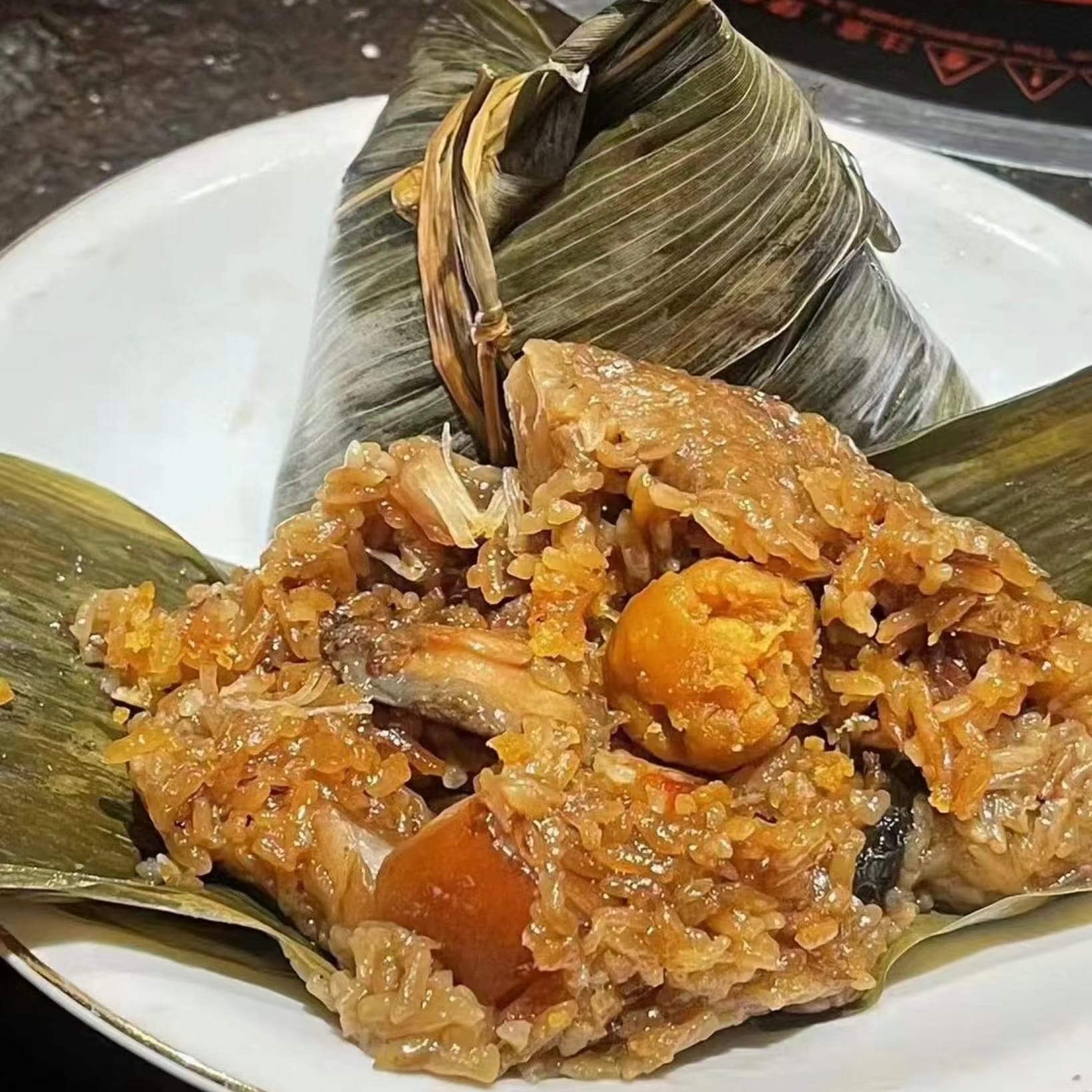
Different from the usual sweet zongzi, Zhangzhou's braised meat zongzi is made with glutinous rice wrapped around pork belly, mushrooms, and salted egg yolks, then slow-cooked to perfection. The zongzi is aromatic, tender, and flavorful, making it a popular treat during the Dragon Boat Festival and beyond.
- Four Fruit Soup
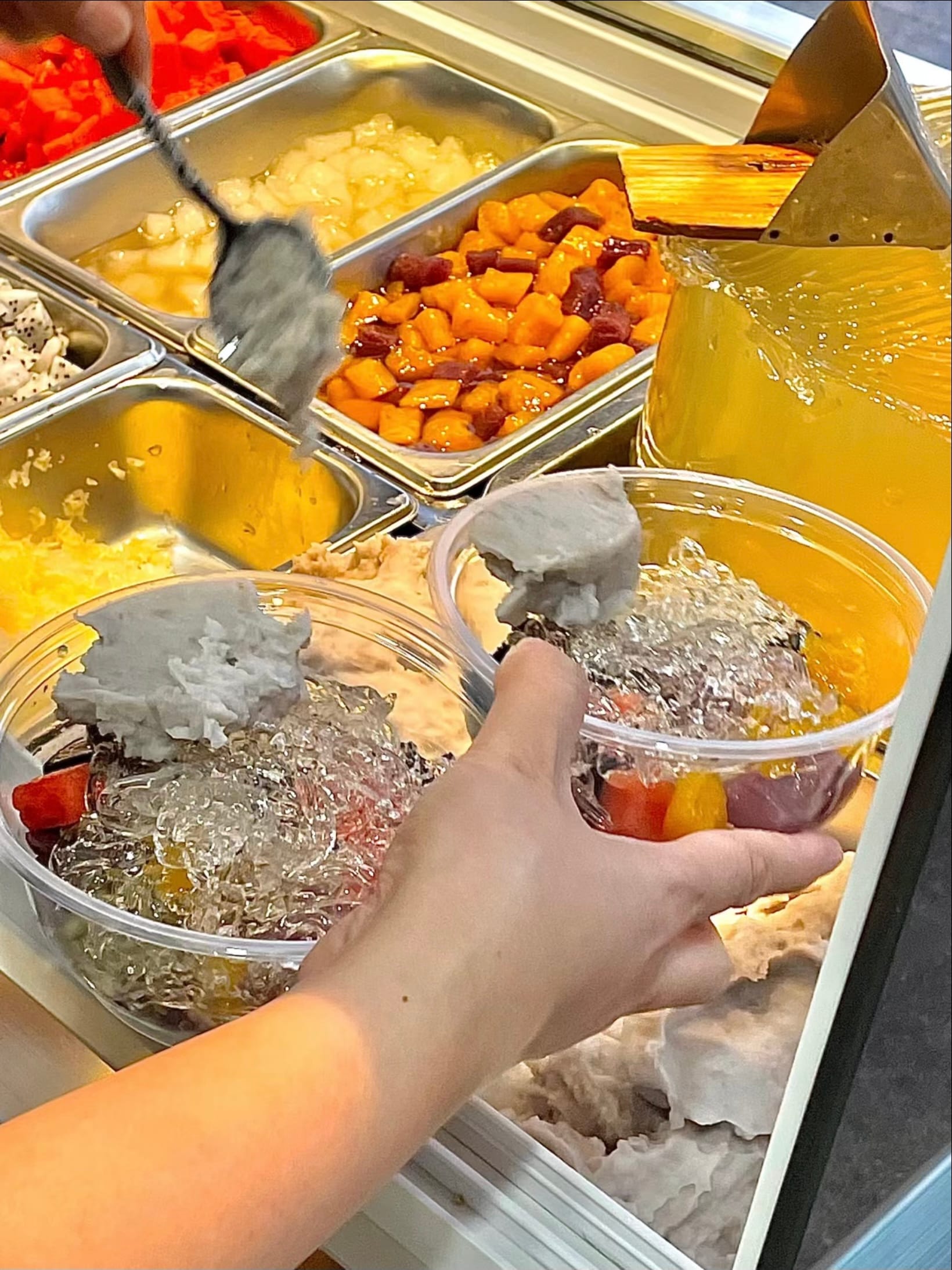

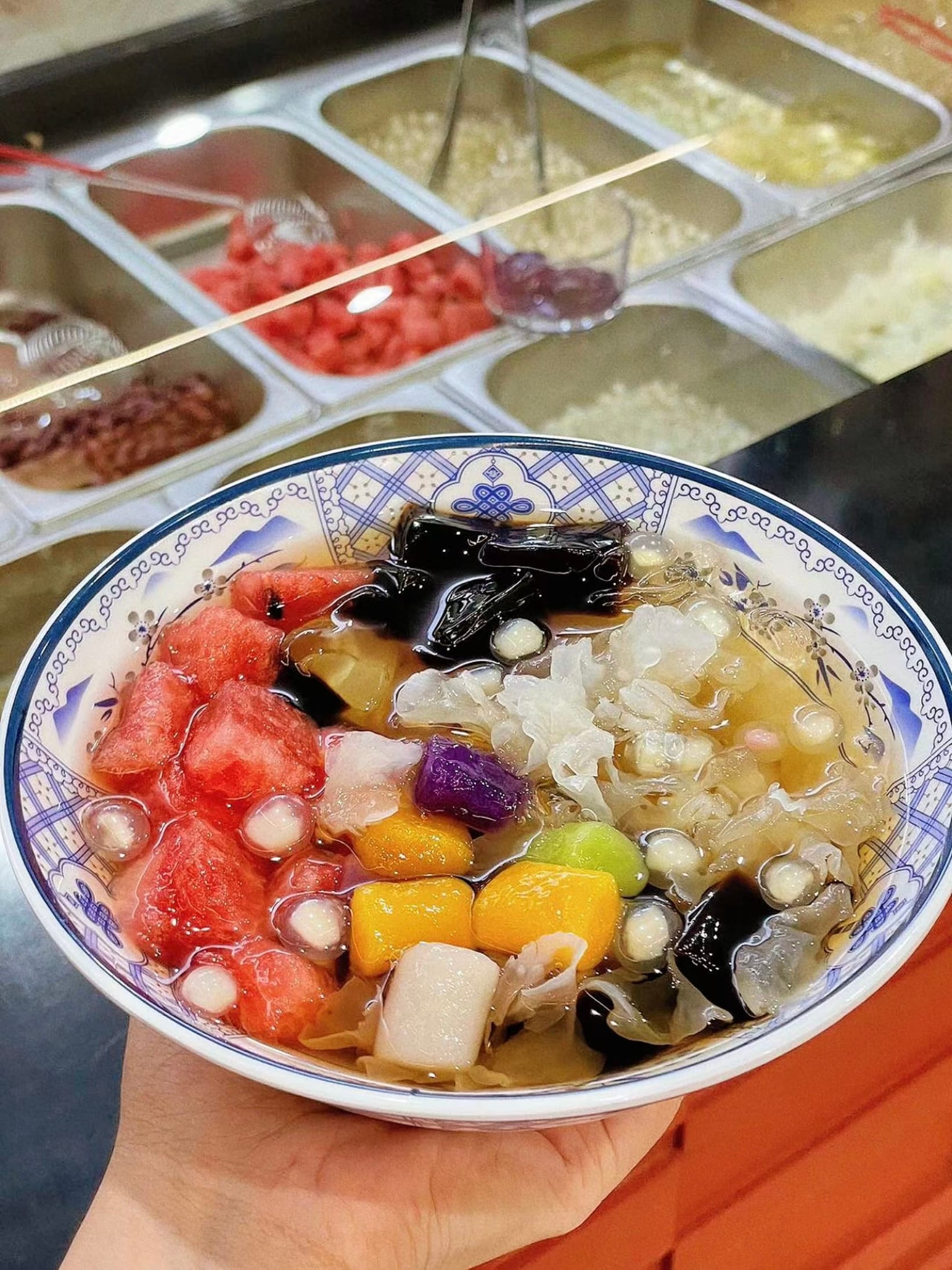
Zhangzhou's Four Fruit Soup is a refreshing summer treat. This dessert is made by cooking lotus seeds, mung beans, red beans, and coix seeds, then adding ice cubes and syrup. A bowl of this cooling soup is perfect for beating the heat and provides a delightful, refreshing experience.
City 03: Quanzhou
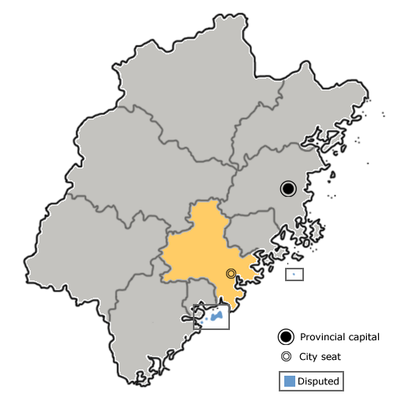
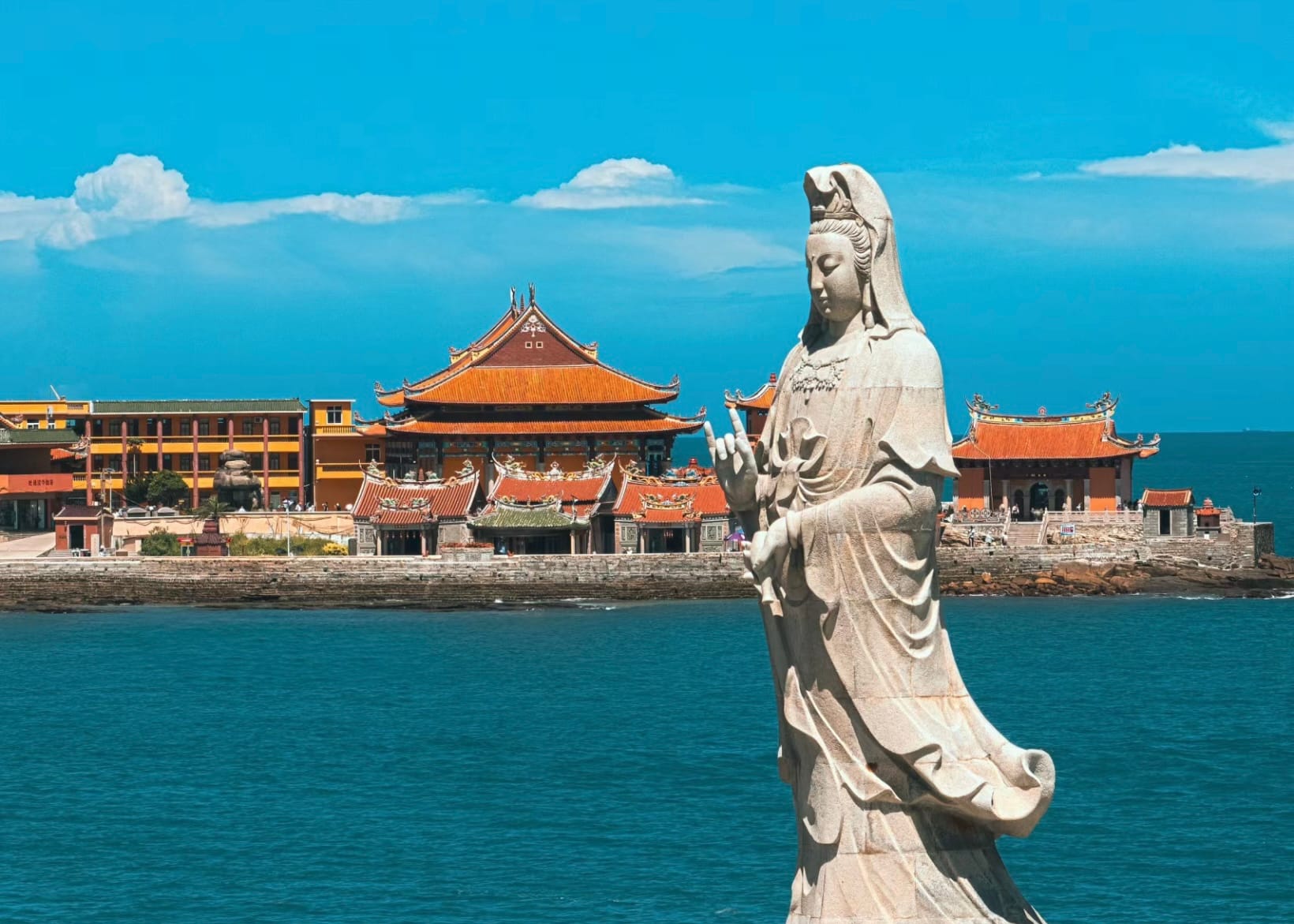
Known as the "City of Carps" and "Cypress City," Quanzhou is a cultural gem located in the southeastern part of Fujian Province. As one of the province's major economic centers and a significant overseas Chinese hometown, Quanzhou has a rich history and a deep cultural heritage. The city was once famed for its port, which was considered the "Eastern Venice" and held prestige comparable to Alexandria in Egypt. It was also a crucial hub on the ancient Maritime Silk Road. Recently, Quanzhou has gained popularity among tourists in China.
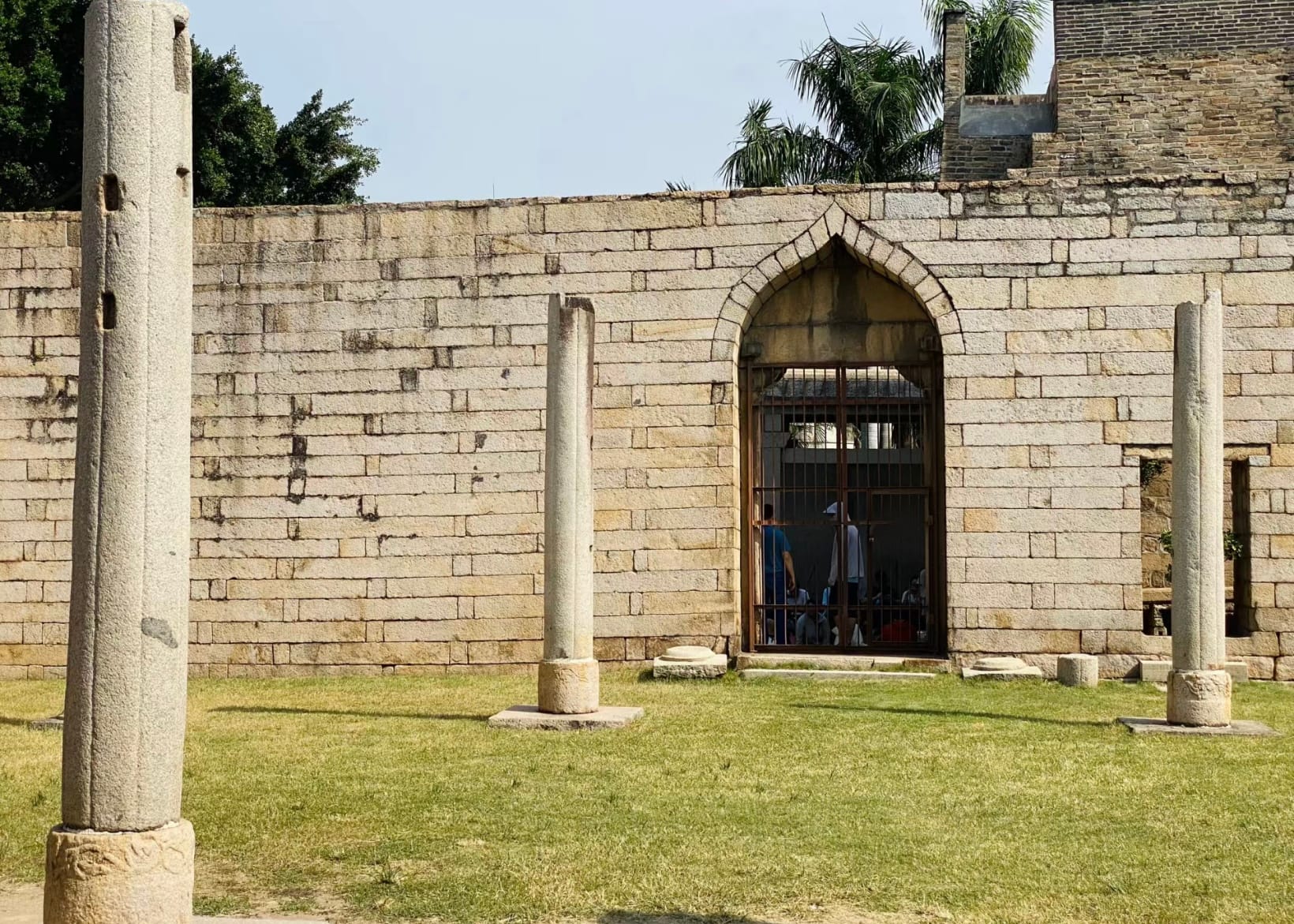


Various religious buildings
Quanzhou is sometimes referred to online as the "Divine Affairs Office of the World," reflecting its unique blend of various religions and cultures, and its rich array of religious and cultural sites. Here, it’s said that "humans and deities live side by side, and the gods revel together."
Best Time to Visit
Quanzhou is suitable for visiting year-round, but the best time is from September to November.
Attractions
- Kaiyuan Temple




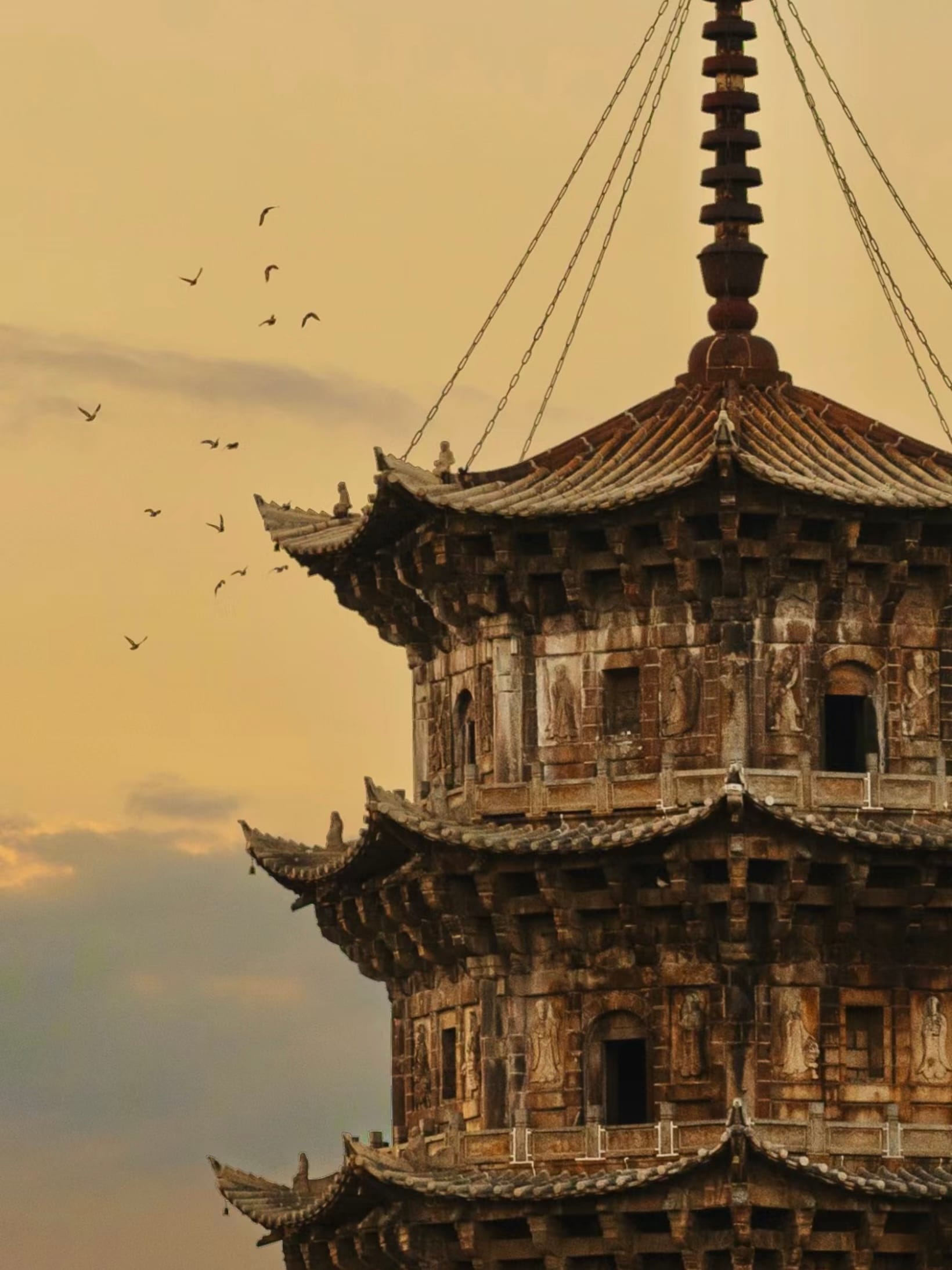
Kaiyuan Temple is one of the most significant historical sites on China’s southeastern coast and is the largest Buddhist temple in Fujian Province. The temple houses a collection of artifacts from the Tang Dynasty to the Republic era, including 32 statues of Buddhas, Bodhisattvas, Arhats, and Heavenly Kings, made from materials like jade, bronze, porcelain, and wood. The temple also preserves calligraphy by Ming Dynasty master Zhang Ruitu and modern monk Master Hongyi.
- Tianhou Temple
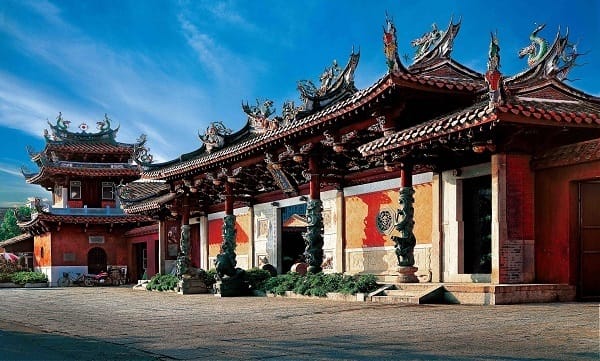

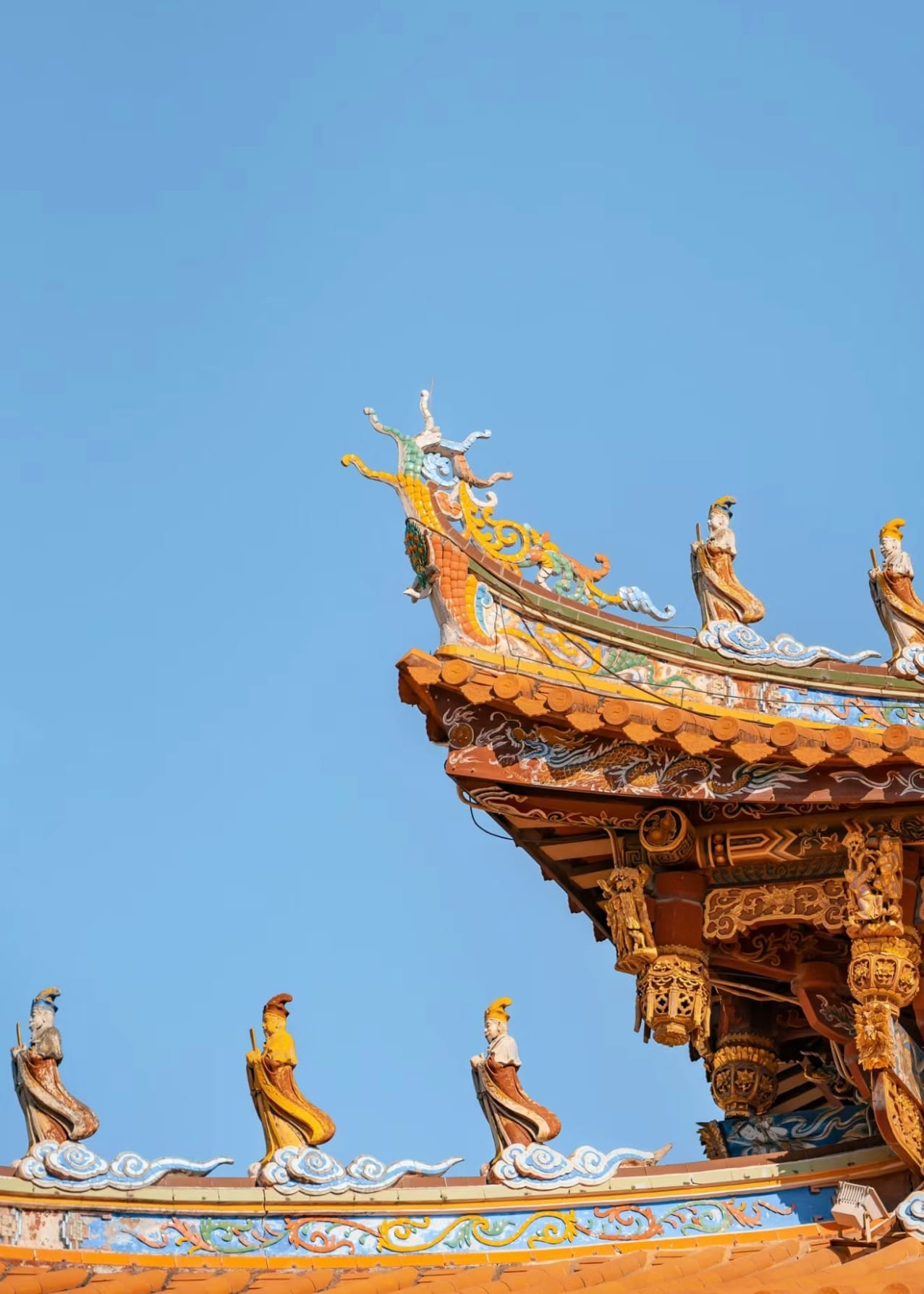


Tianhou Temple in Quanzhou is renowned for being one of the largest and most significant temples dedicated to Mazu, the sea goddess, in both mainland China and internationally. It is the only Mazu temple on the mainland officially listed as a National Key Cultural Relic Protection Unit by the State Council. The temple’s prominence is due to its historical significance and its role in the establishment and spread of Mazu worship.
- Guan Yue Temple
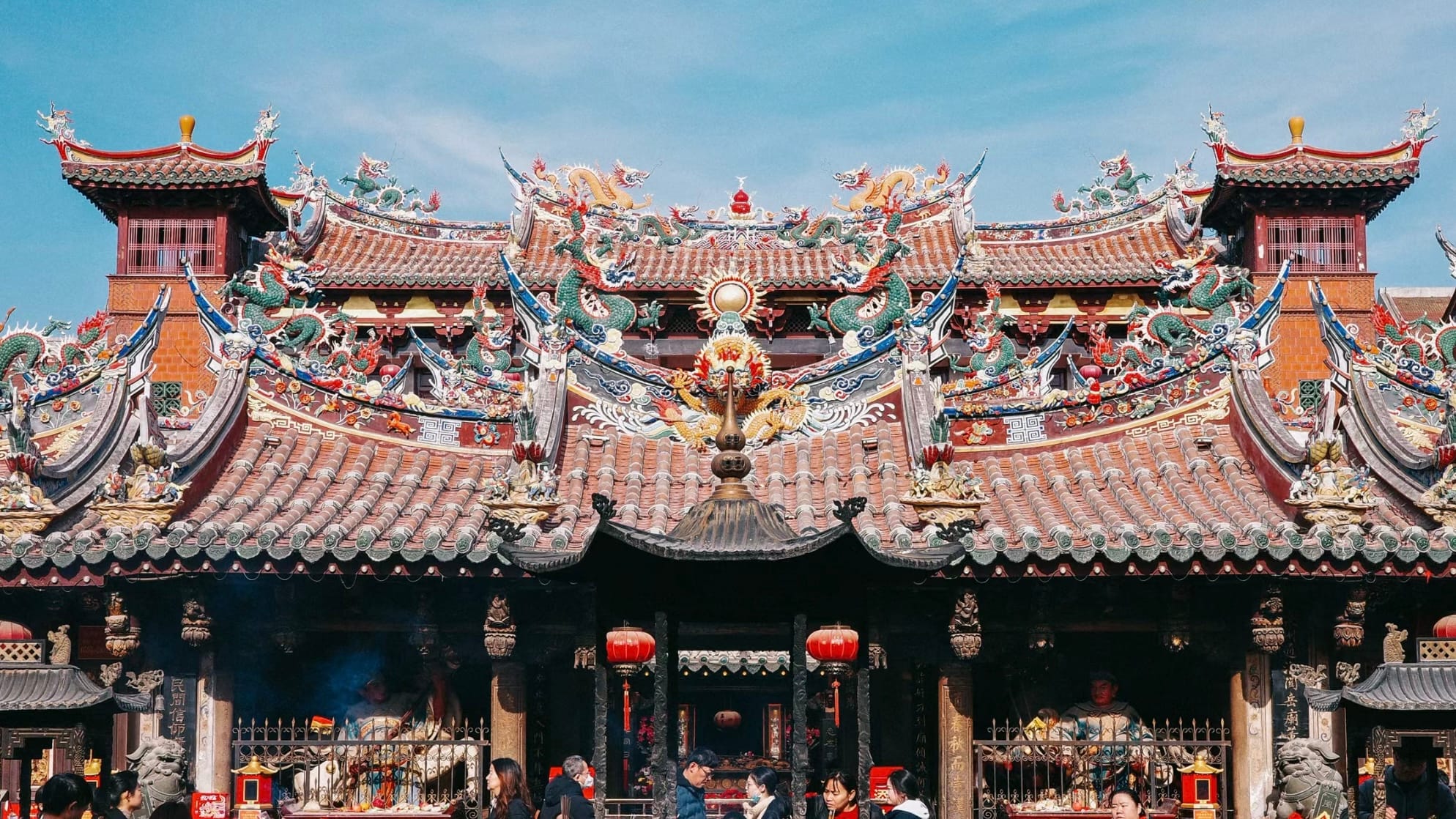
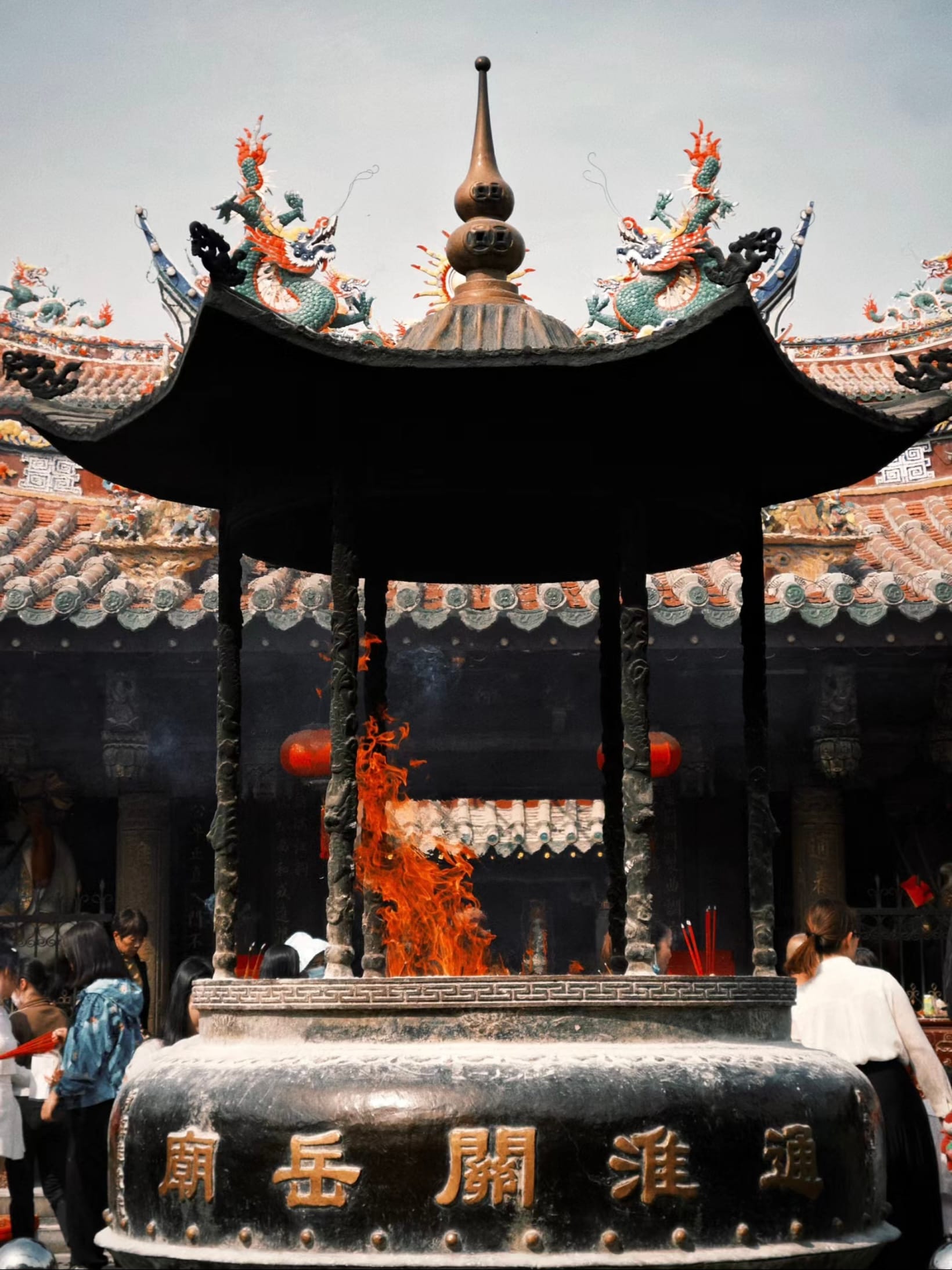
Located on Tumen Street in Licheng District, Guan Yue Temple, also known as Tumen Guan Di Temple, is dedicated to the deities Guan Yu and Yue Fei. Established in the Republic era (1914), it is the largest martial arts temple in Fujian Province. The temple attracts hundreds of thousands of visitors each year, including many from Taiwan and overseas. The Guan Di culture in Quanzhou plays a vital role in fostering cross-straight cultural exchange.
Food
- Ginger Duck
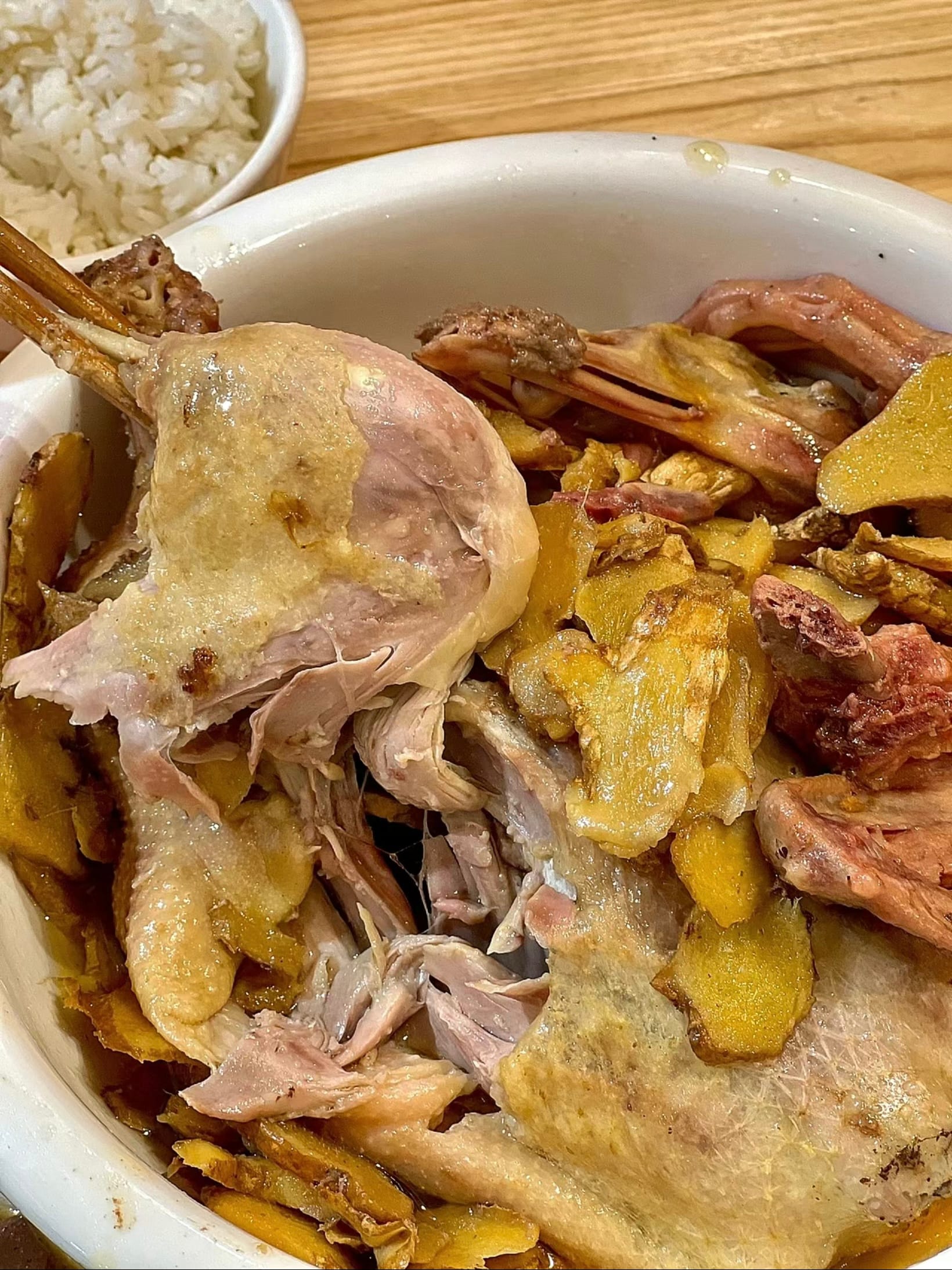

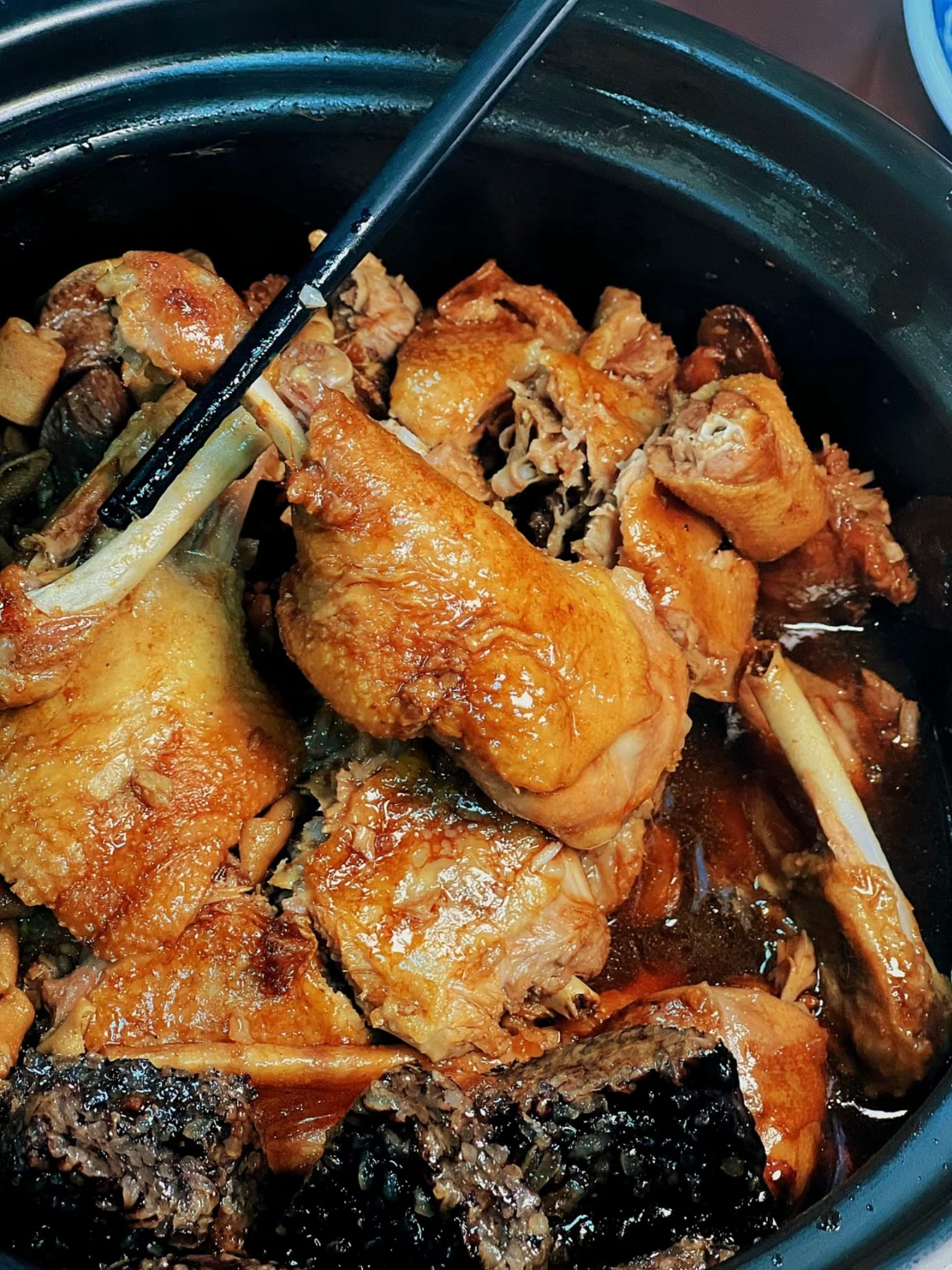
Three most famous styles of Ginger Duck
Ginger Duck is a traditional Minnan dish originating from Quanzhou. Made with red-feathered ducks stewed with ginger, this dish has a fragrant, sweet, and slightly spicy flavor. It's known for its health benefits, including improving liver function, nourishing the stomach, and relieving cold symptoms. In Quanzhou, there are various styles of Ginger Duck, including Zhanglin, Sidan, and Zhongji. [Zhanglin is my personal favorite.]
- Vinegar Pork

Vinegar Pork is a popular Quanzhou dish made by marinating pork in aromatic vinegar, coating it with starch, and then deep-frying it to a crispy exterior with a tender inside. This classic Minnan dish is often served to guests and is enjoyed for its savory flavor and chewy texture. It’s also commonly paired with sweet chili sauce, soy sauce, or mustard, and can be added to soups with vegetables.
- Mianxian Hu

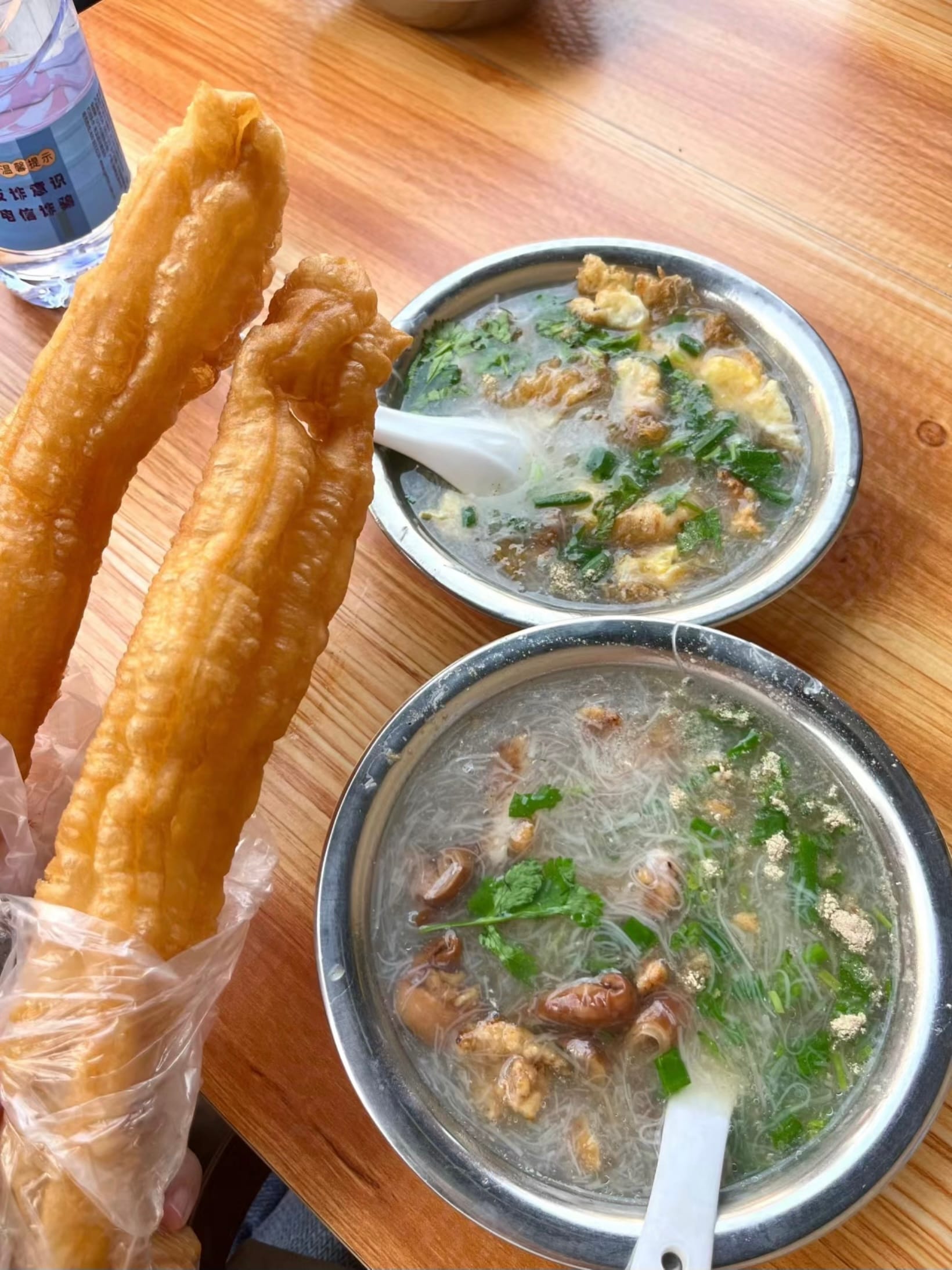



Mianxian Hu is a local specialty featuring ultra-fine handmade noodles from Quanzhou, combined with flavorful seafood like pork bones, shrimp, oysters, clams, and mussels. The dish is cooked into a rich, thick soup with the noodles. Mianxian Hu is traditionally prepared with attention to detail, offering a rich flavor that can be enhanced with various seasonings and condiments according to personal preference.
Minnan Culture
Culture 01: Hairpin Flowers
Hairpin flowers, also known as "hairpin flower circles," are a unique feminine headwear tradition in the Minnan region, with its origins in Xunpu Village, Quanzhou. As a historic port on the Maritime Silk Road, Xunpu was a melting pot of cultures, leading to the development of this distinctive cultural practice.


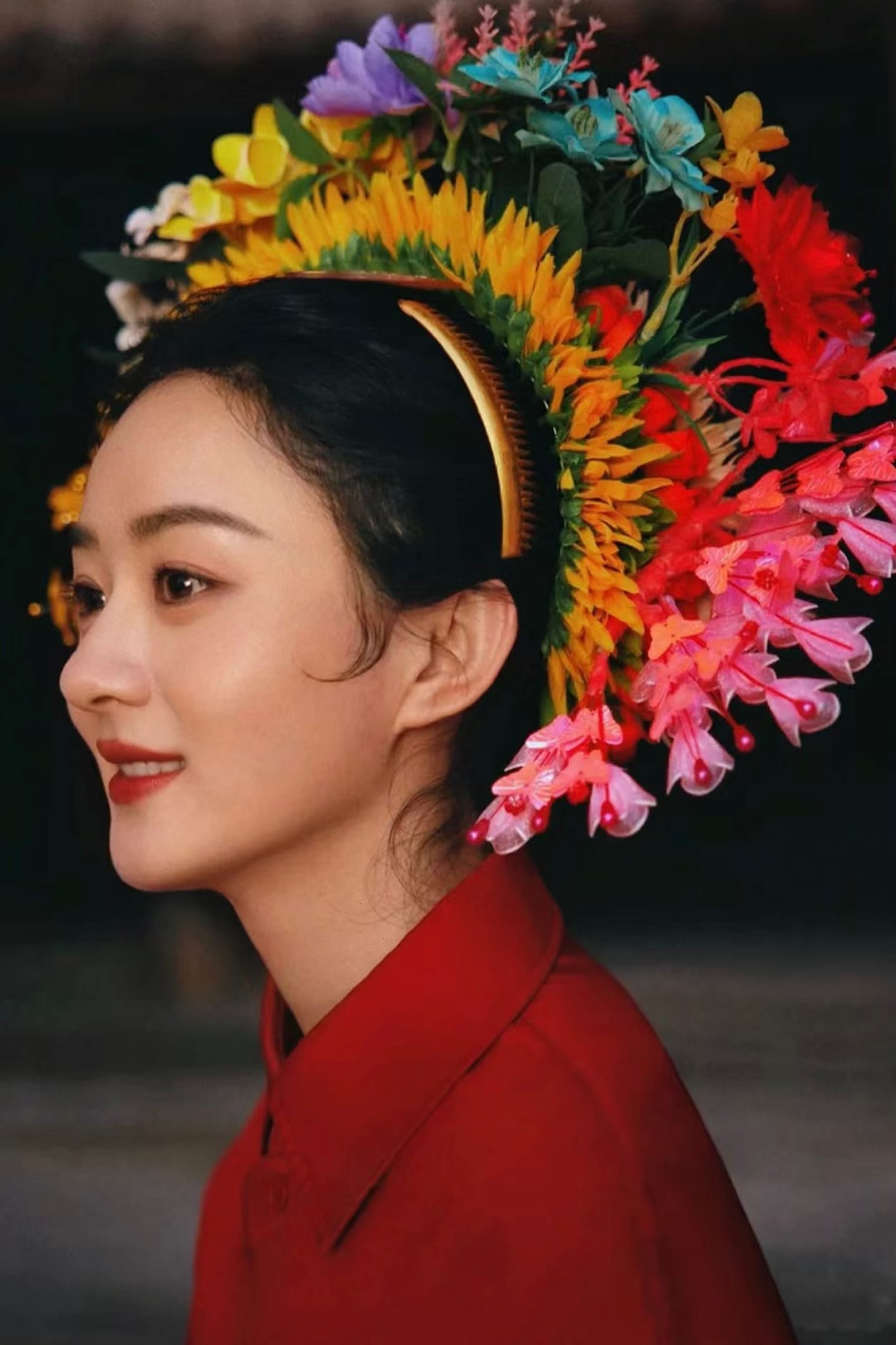
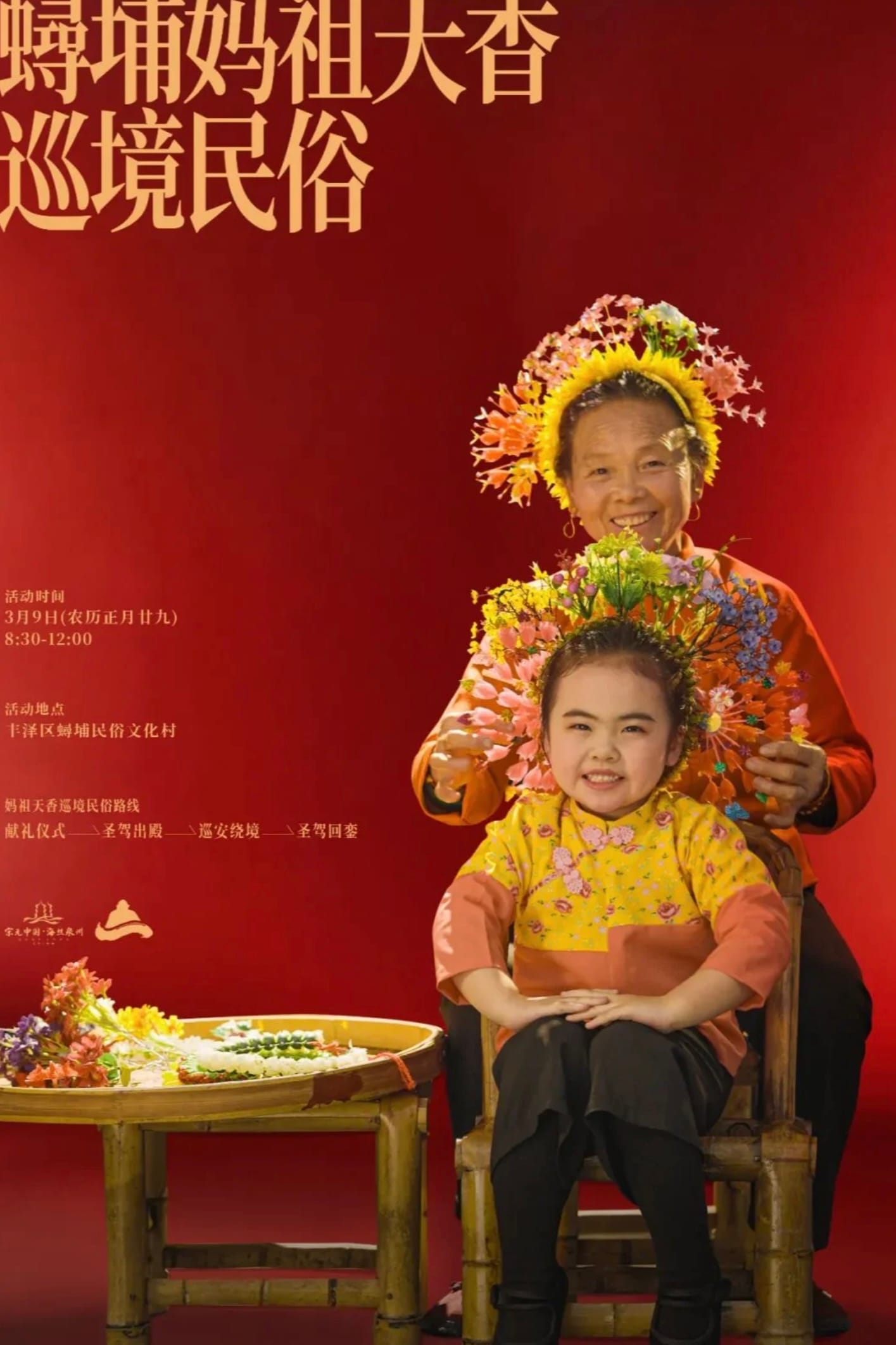
Women in Quanzhou traditionally style their hair into a round bun and adorn it with flower garlands made from jasmine and honeysuckle. These floral crowns are not only beautiful but also symbolize good fortune, happiness, and auspiciousness. In traditional customs, hairpin flowers are used to celebrate and bless special occasions such as weddings and birthdays, expressing a desire for a prosperous and joyful life.
Culture 02: Worship Rituals
In Minnan, the act of offering incense to gods and spirits is known as "baibai(拜拜)." The Minnan saying "you bai you bao bi" means that offering prayers will ensure divine protection.

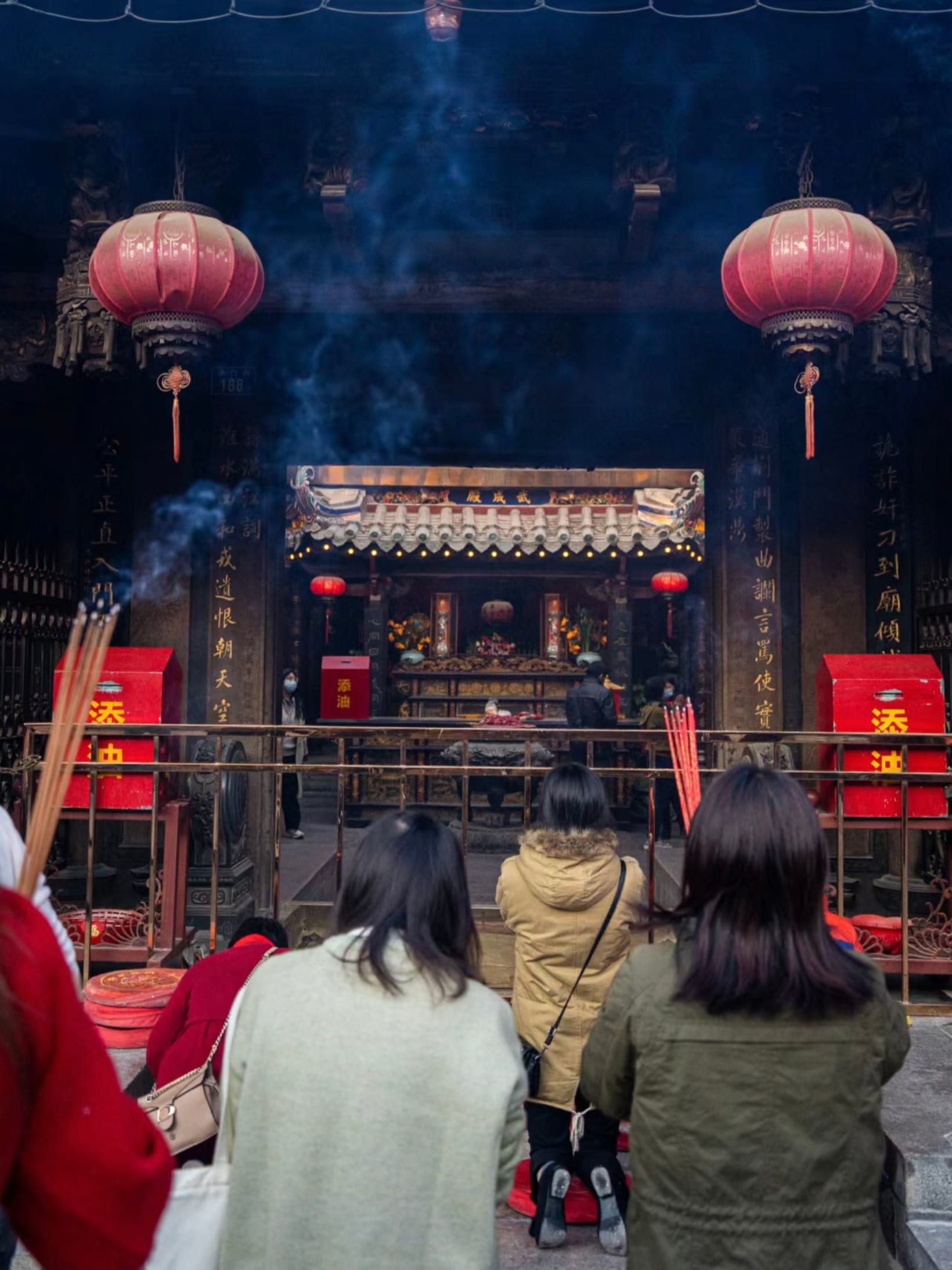
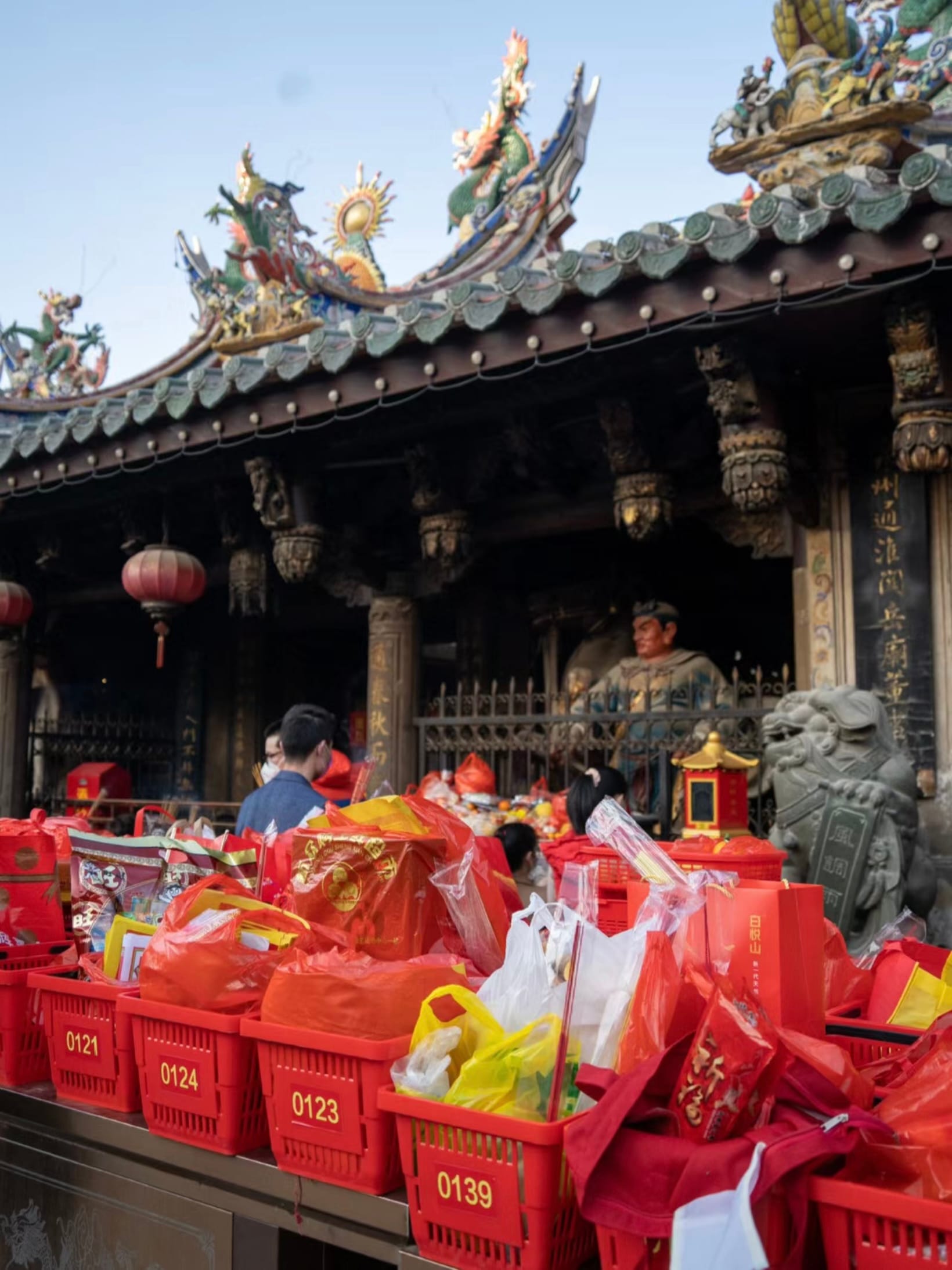
Minnan people engage in various worship rituals throughout their lives. From birth, they honor bed deities, children offer prayers to the goddess of childbirth, and major events are marked by offerings to the Heavenly Emperor. Homes feature altars to local deities and ancestors. During worship, if individuals have questions, they may use divination sticks, or "jiaobei(筊杯)," to seek guidance from the gods.


The divination involves throwing two half-moon shaped wooden pieces, with one flat side and one convex side. The resulting orientation indicates the gods' responses:
- One flat, one convex: Called "shengbei"(圣杯) or "zhunbei,"(准杯) it signifies approval or successful outcomes.
- Both flat sides: Known as "xiao bei,"(笑杯) it indicates uncertainty or a need for further clarification.
- Both convex sides: Referred to as "yinbei,"(阴杯) it suggests rejection or divine anger.
An elderly woman is performing a ritual and has cast the divination cup once.
These rituals reflect the deep-seated belief in divine guidance and the desire to align with spiritual will in daily life.
Culture 03: Mazu Culture
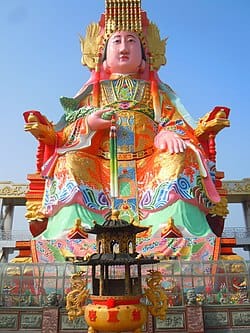
Mazu culture is a distinctive folk belief in Minnan, centered around the worship of Mazu, the ancient sea goddess. Originally named Lin Mo Niang, Mazu was born in Putian, Fujian (part of the Minnan region). She was known for her miraculous abilities to rescue sailors and fishermen. After her death, she was deified as the goddess of the sea. The worship of Mazu spread globally through Minnan emigrants to Southeast Asia and other regions, becoming a significant cultural link among Chinese communities worldwide. In Minnan, Mazu temples are widespread, and the birthday of Mazu, celebrated on the 23rd day of the third lunar month, is marked with grand festivals and ceremonies to express gratitude and seek blessings for safe voyages.
Culture 04: Architecture
- Guan-style Large Houses

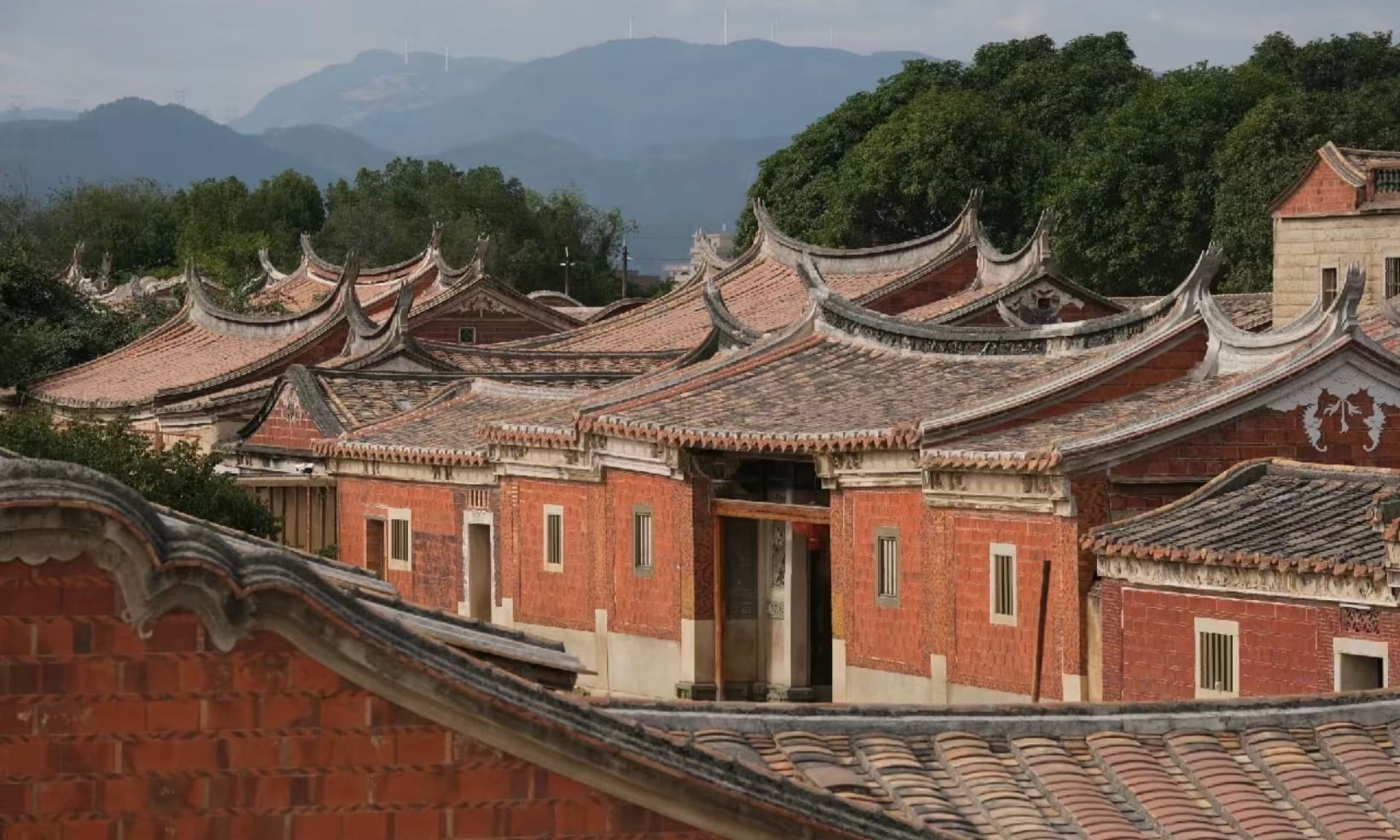

Guan-style large houses, often referred to as "Guan-style houses," are a traditional residential architecture in the Minnan region, widely found in Fuzhou, Xiamen, Zhangzhou, and Quanzhou in Fujian Province, as well as in Taiwan and Chinatowns worldwide. Evolving from traditional Chinese courtyard houses, these structures typically feature a layout with multiple courtyards and corridors, designed to accommodate extended families and address lighting and ventilation needs in the humid coastal climate. Notable features include tiled roofs with curved eaves and decorative ridges, and walls made of red bricks.
- Tulou
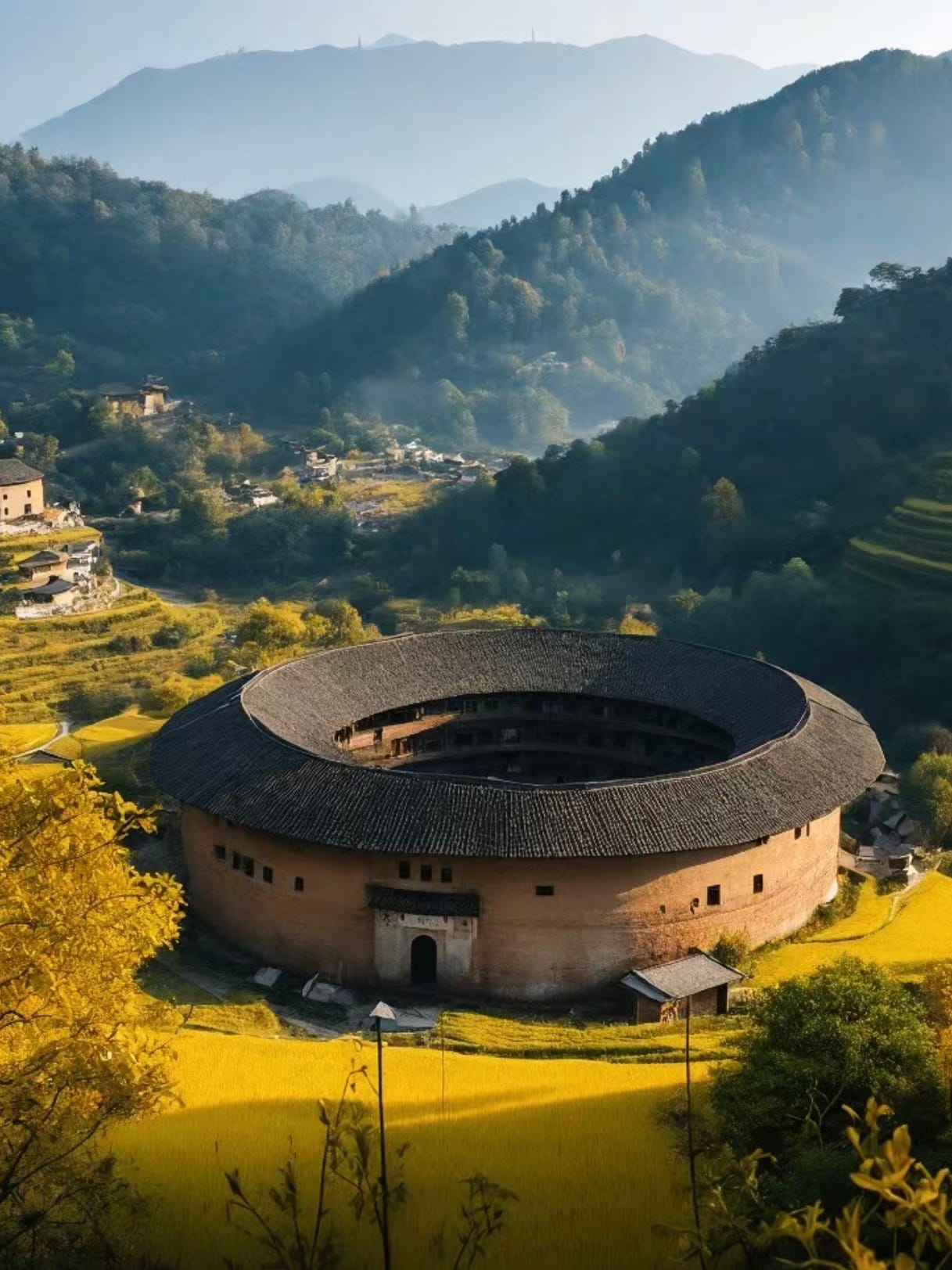
Tulou, originating from Zhangzhou, Fujian, are unique earthen buildings with a history dating back to the Tang Dynasty. Initially built as military fortifications, these circular structures eventually evolved into residential buildings. To conserve agricultural land, these structures grew vertically, resulting in multi-story earthen buildings. Tulou are notable for their distinctive round shape and are an iconic representation of Minnan architectural heritage.
Culture 05: Nanyin
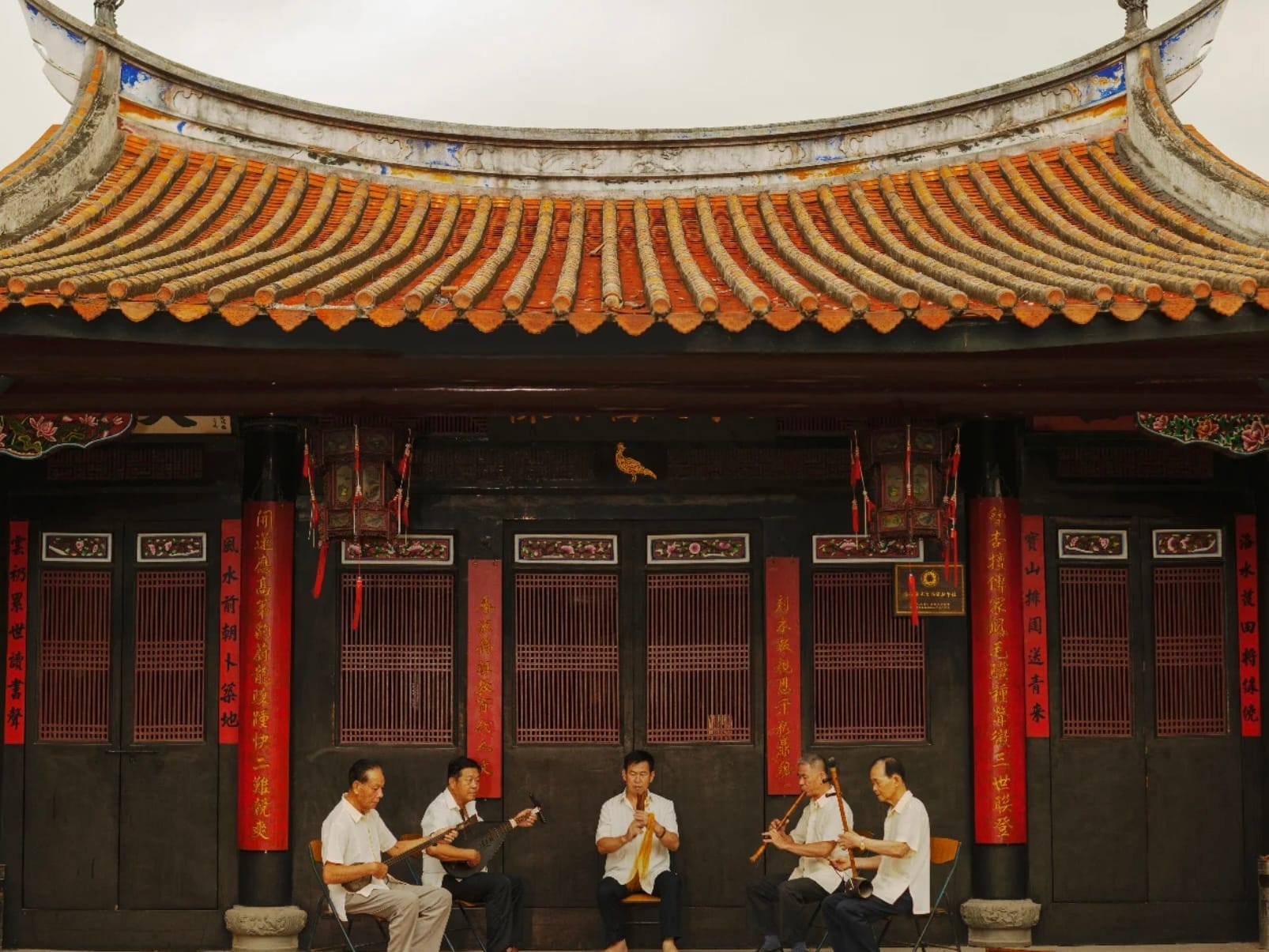
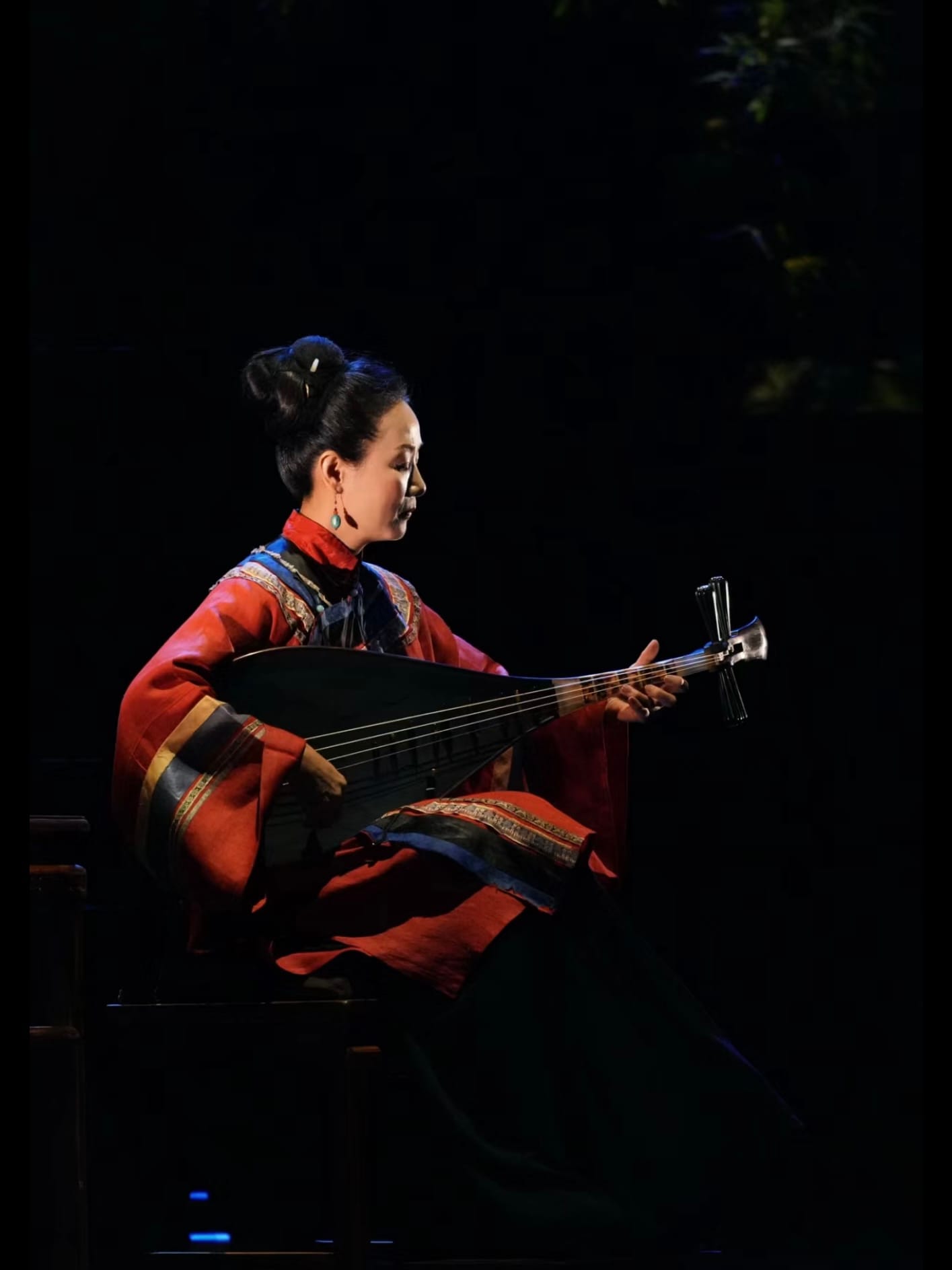
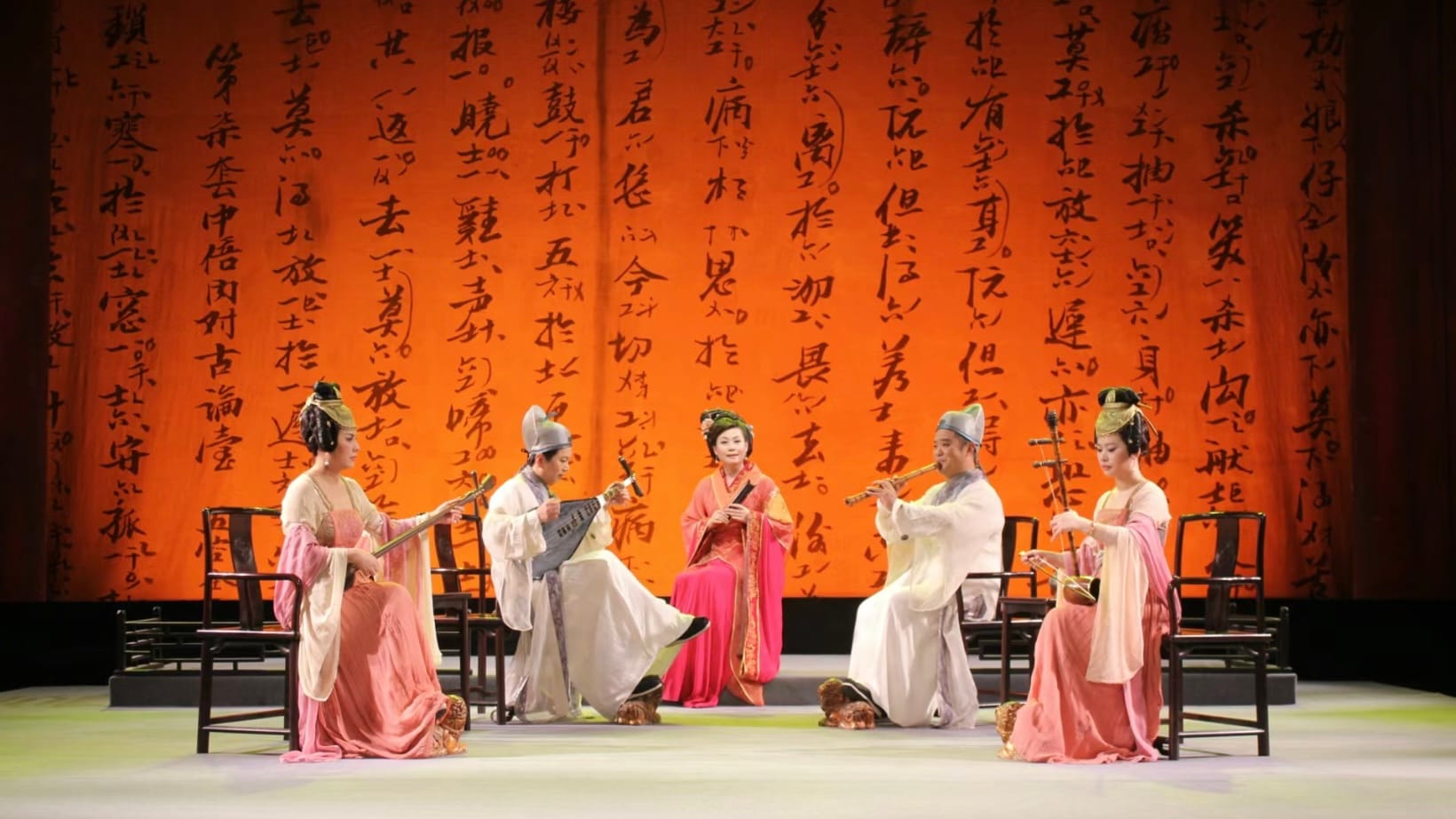
Nanyin, also known as "Southern Music" or "Quanzhou Nanyin," is an ancient musical genre originating from Quanzhou, Fujian. Recognized as a UNESCO Intangible Cultural Heritage, Nanyin is a precious ethnic music treasure of China.
百鸟归巢(All birds return to their nests)
This traditional form of music, sung in Quanzhou dialect, preserves ancient styles of singing from before the Tang Dynasty. It is characterized by its use of silk and bamboo instruments and a unique singing style. Nanyin has deeply influenced Minnan culture, integrating into local life, architecture, and customs. Efforts are ongoing in Quanzhou to preserve and promote Nanyin, nurturing a new generation of performers and ensuring its continued vitality.



